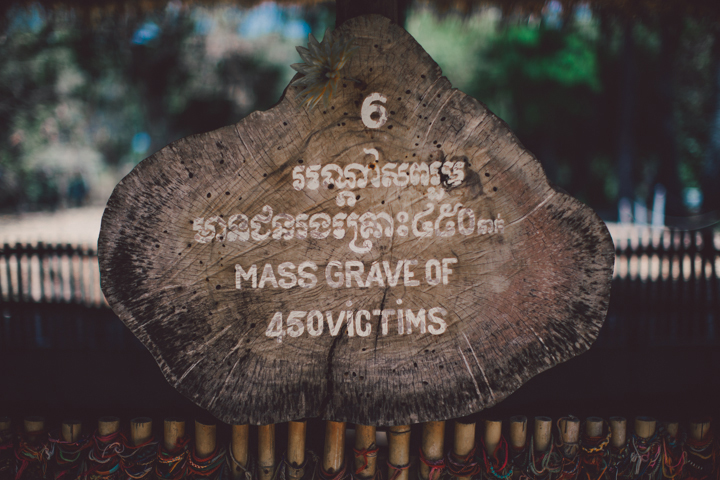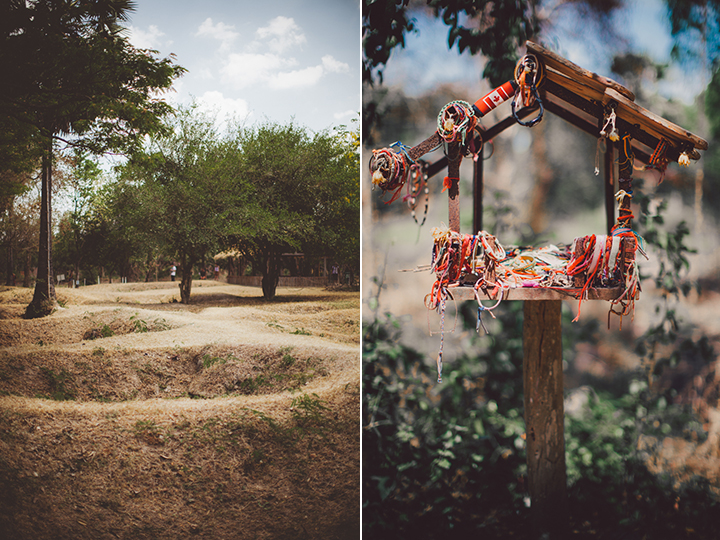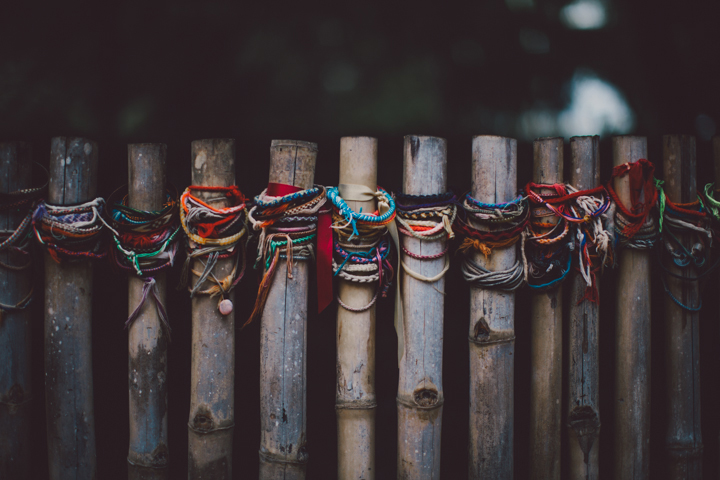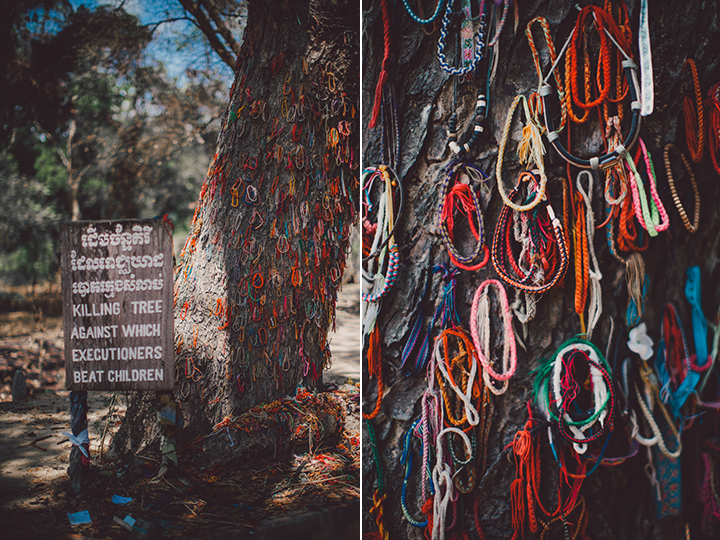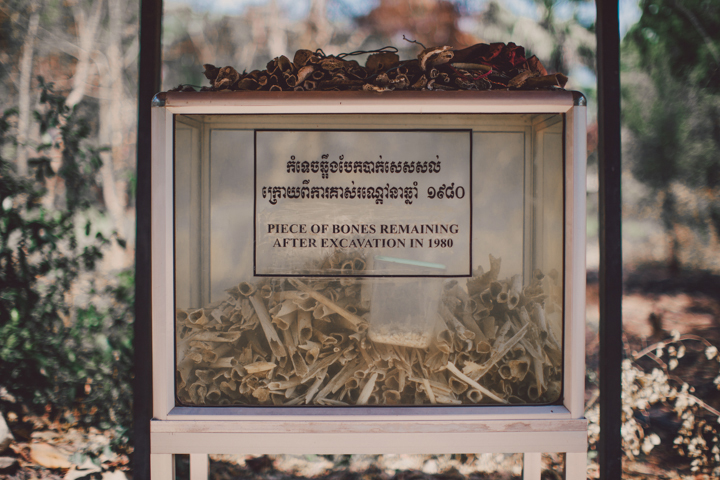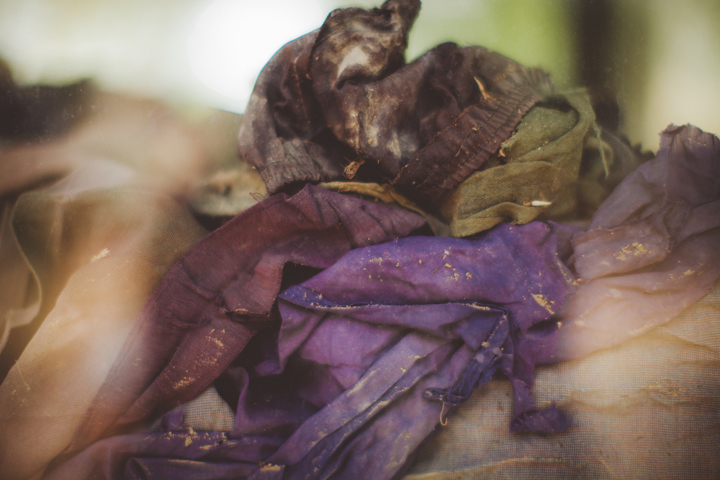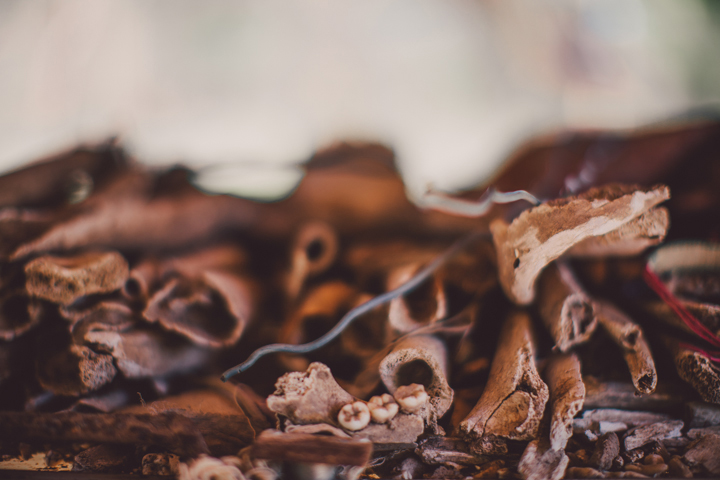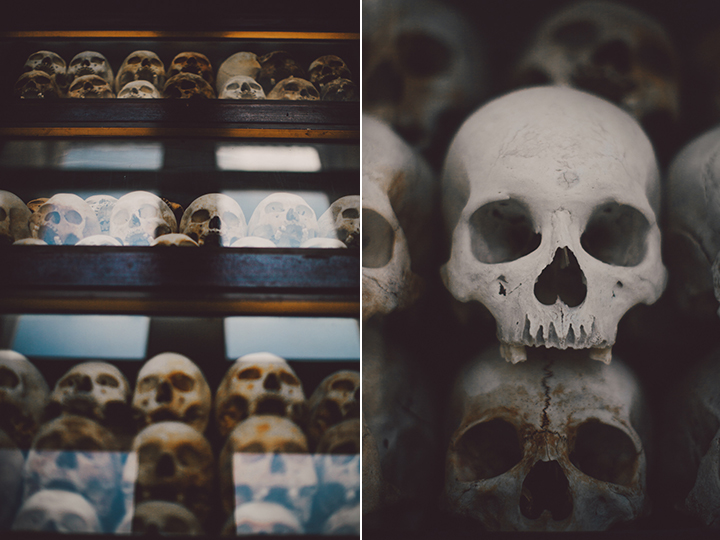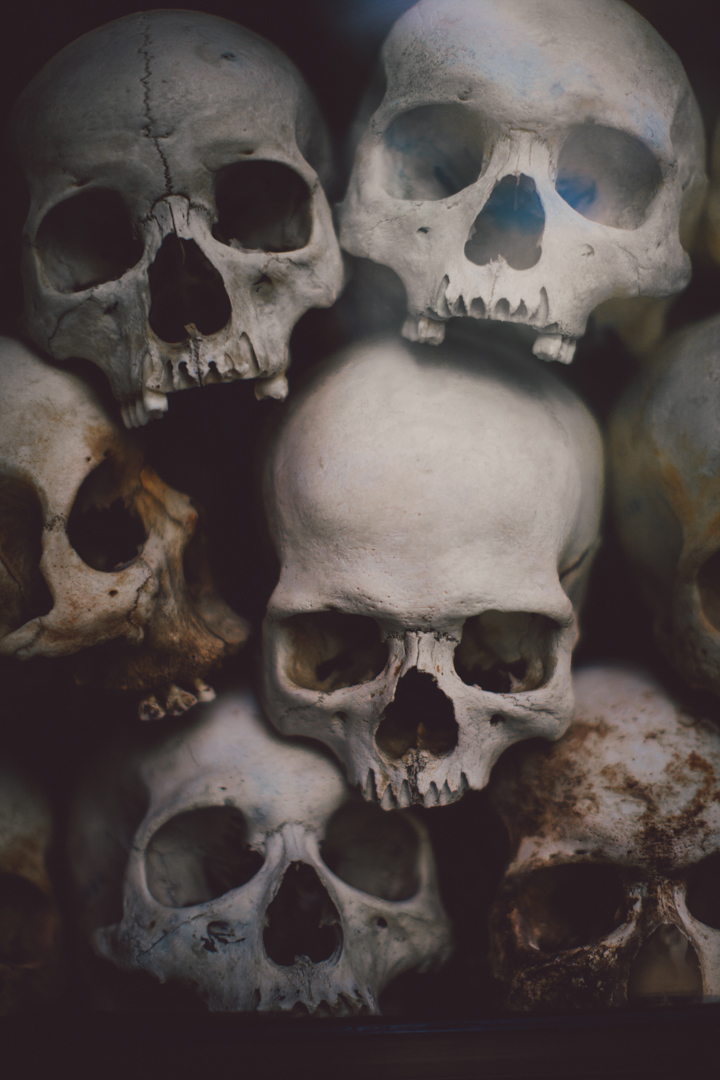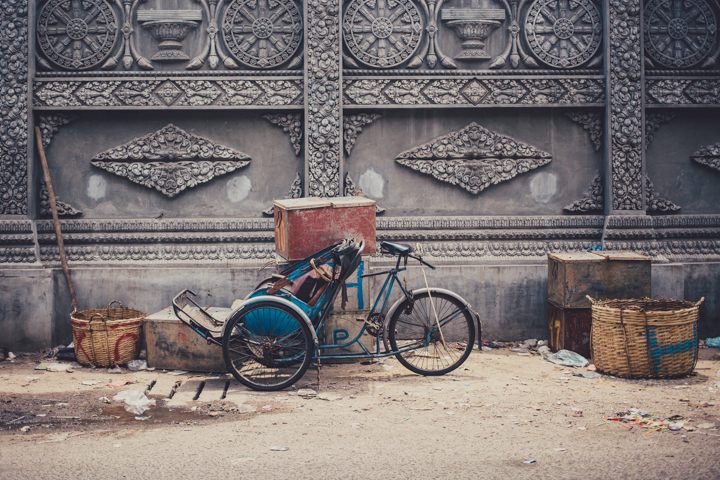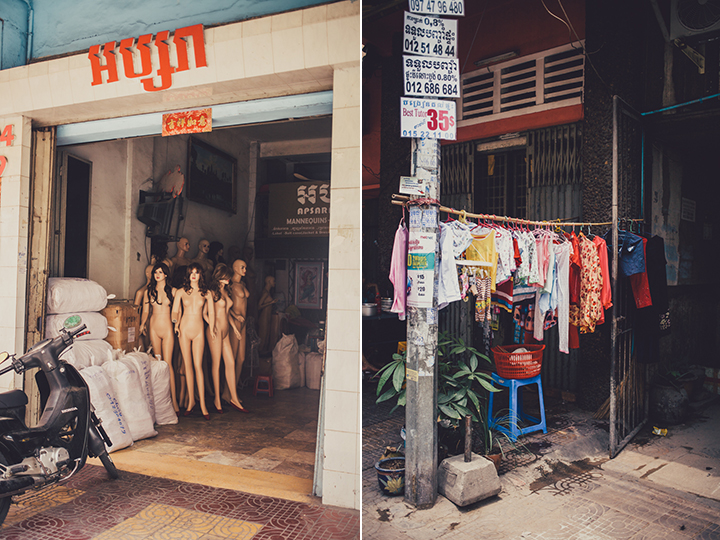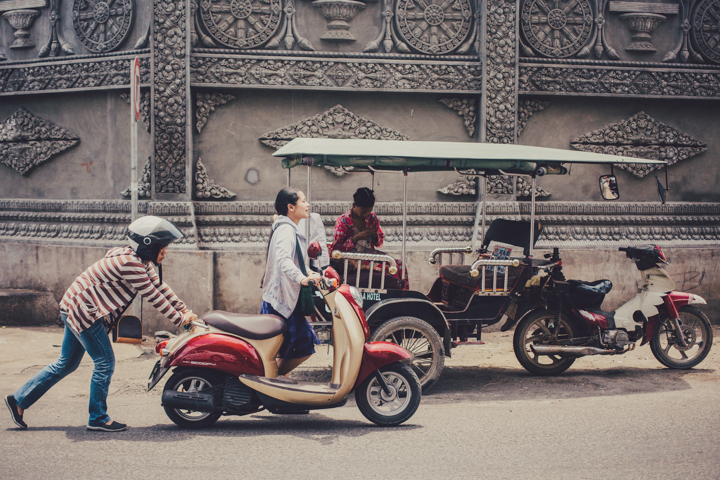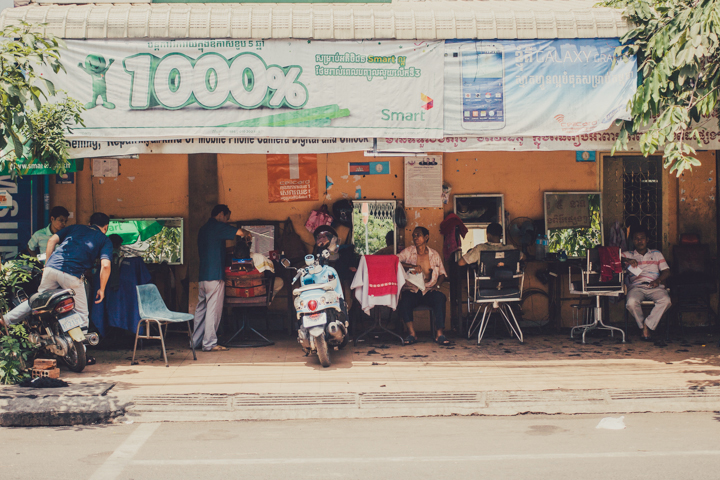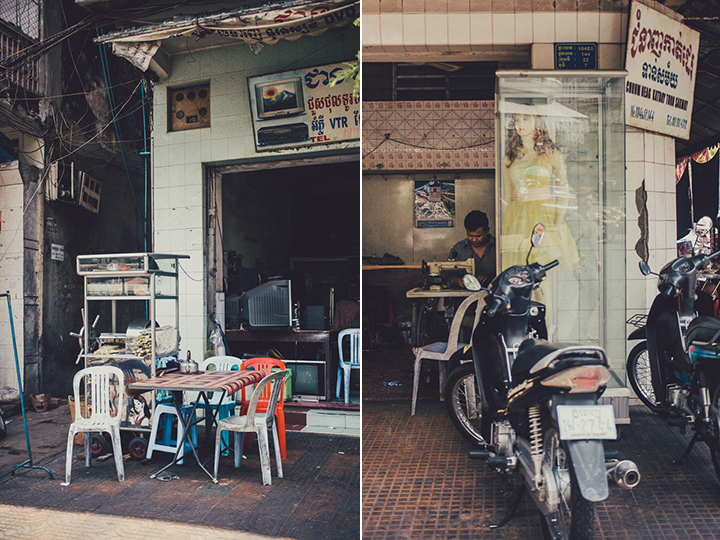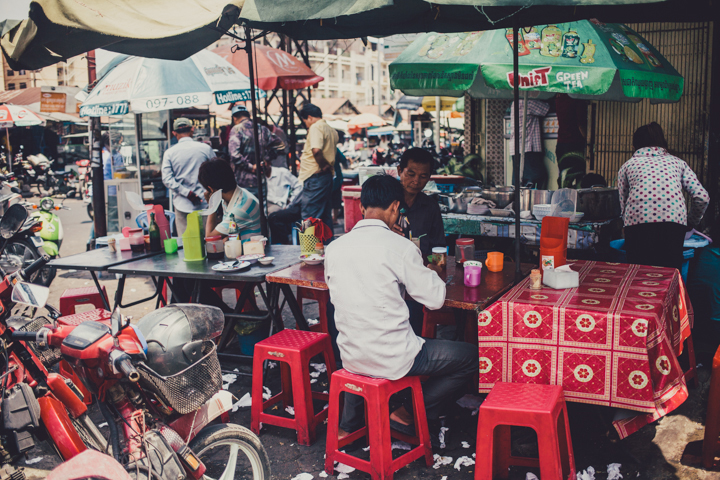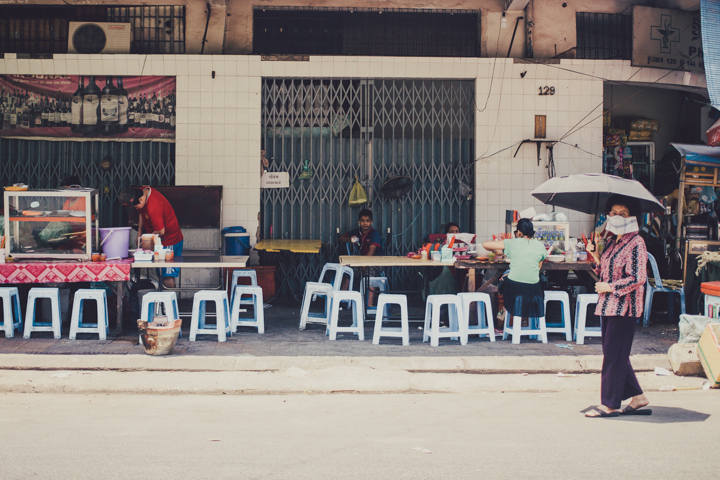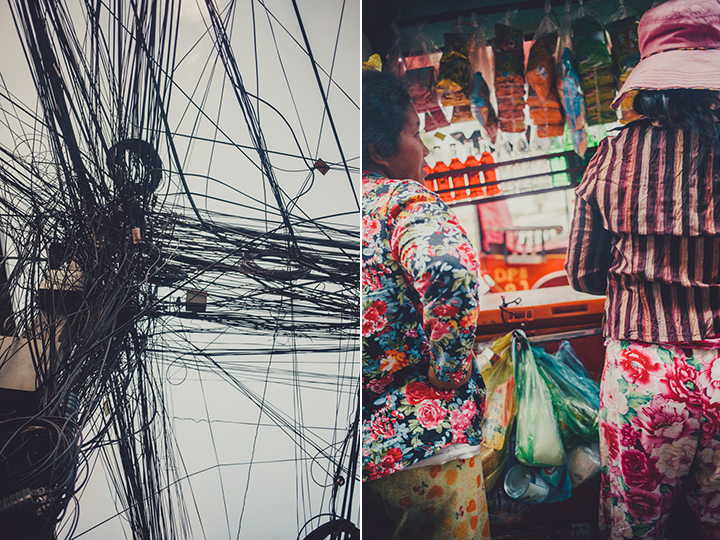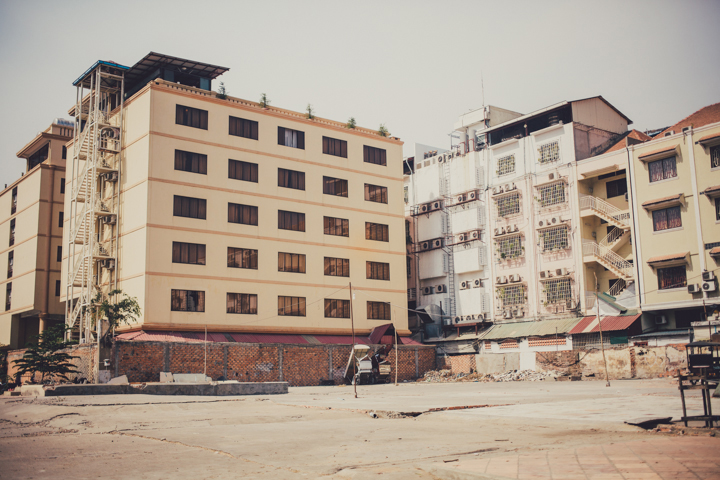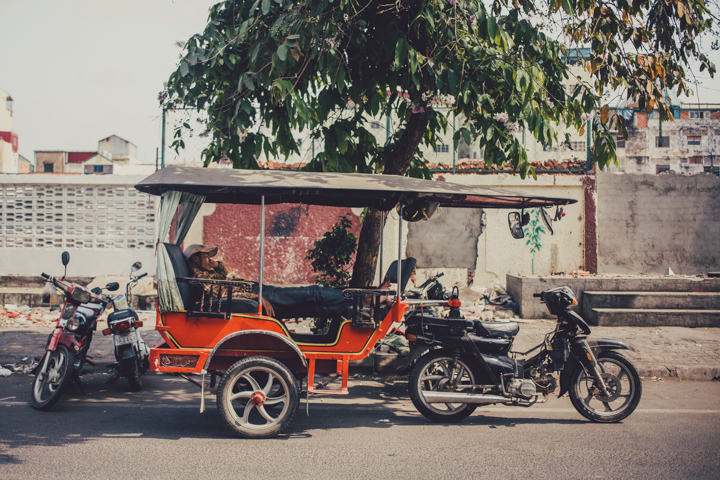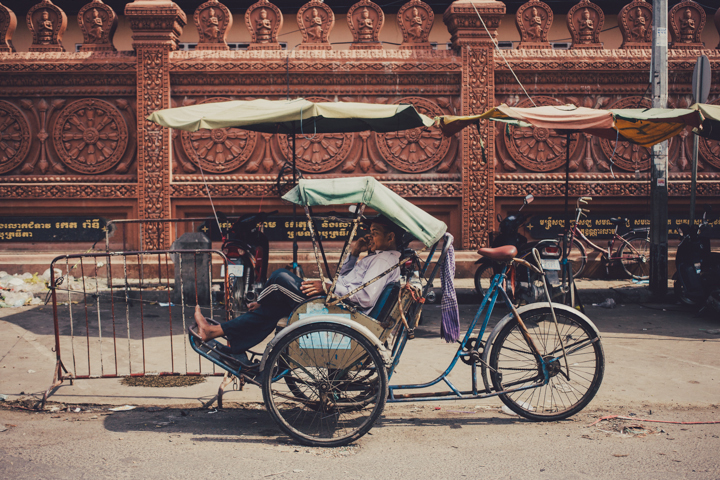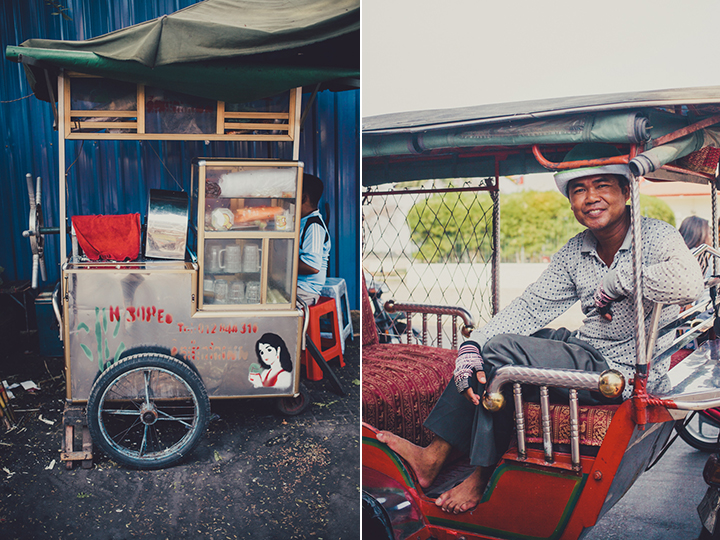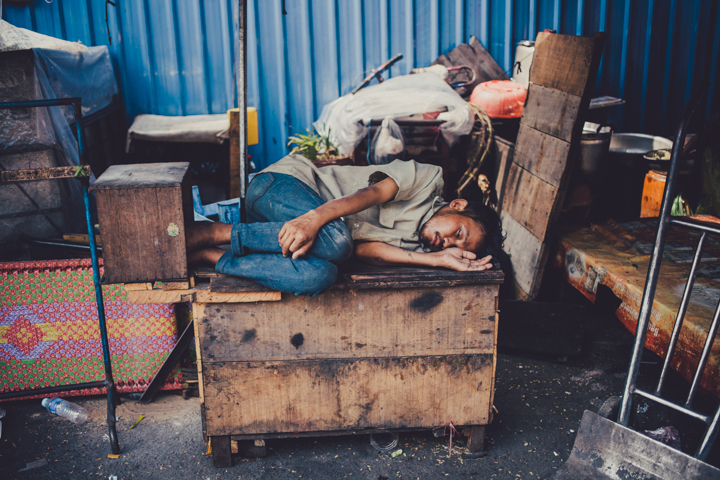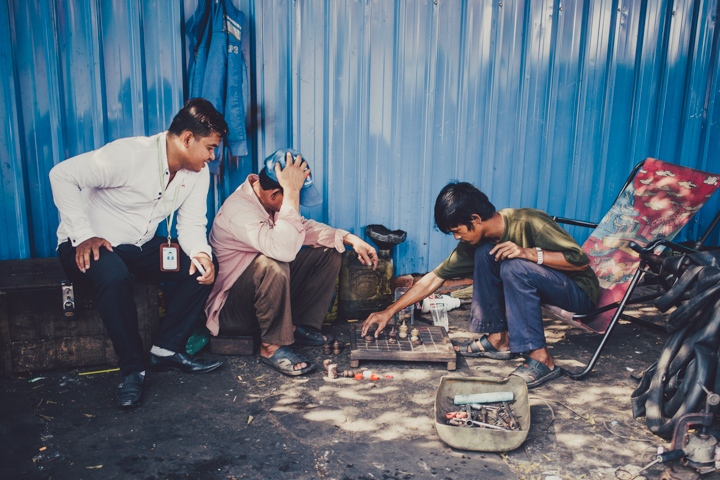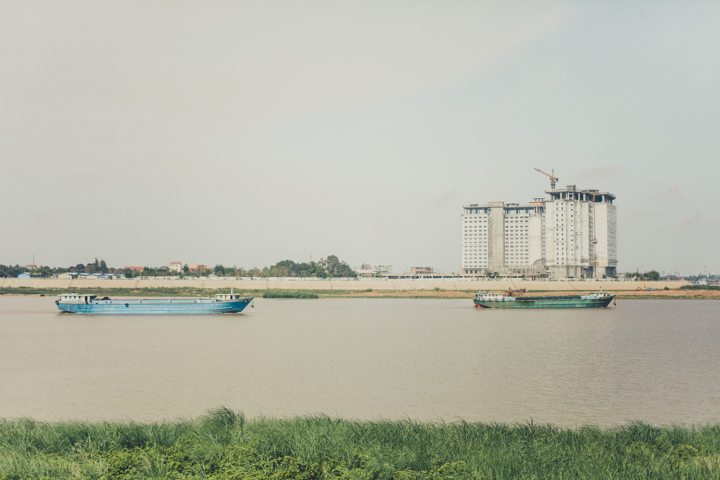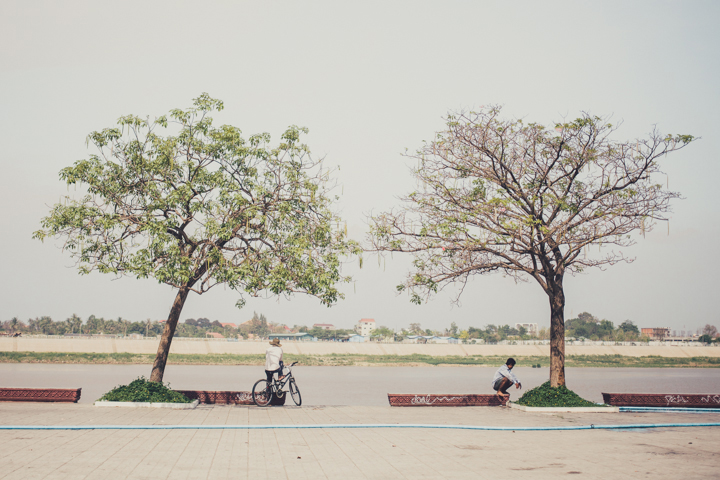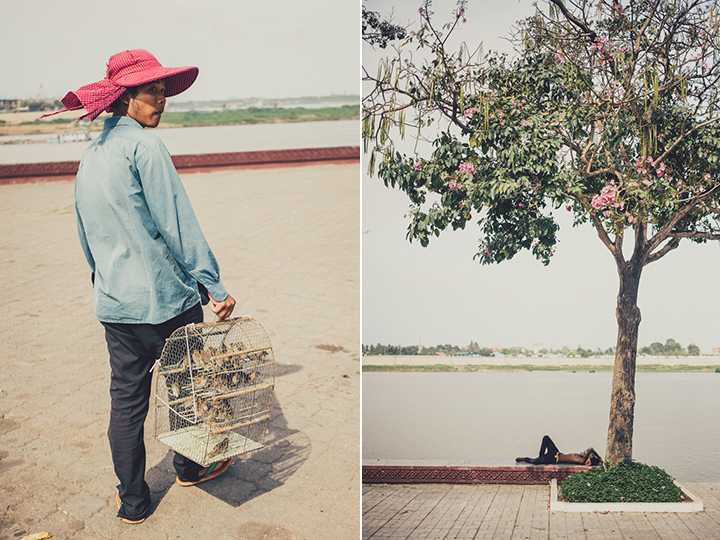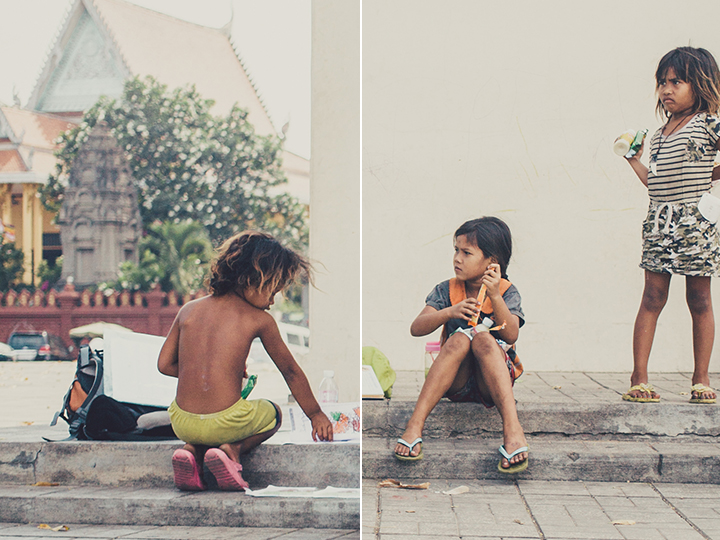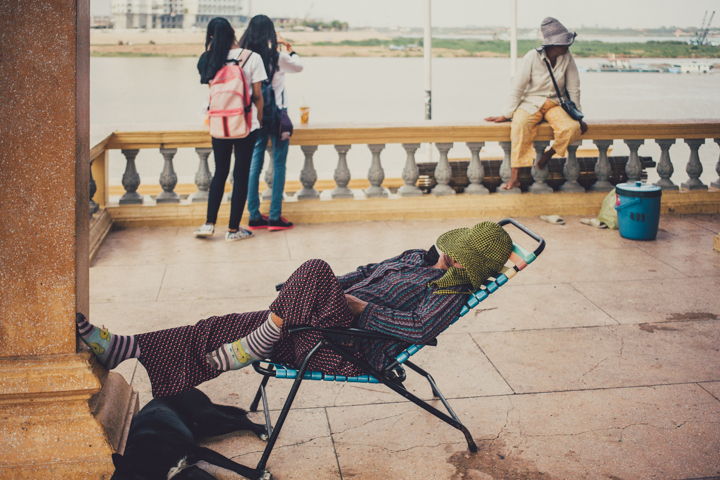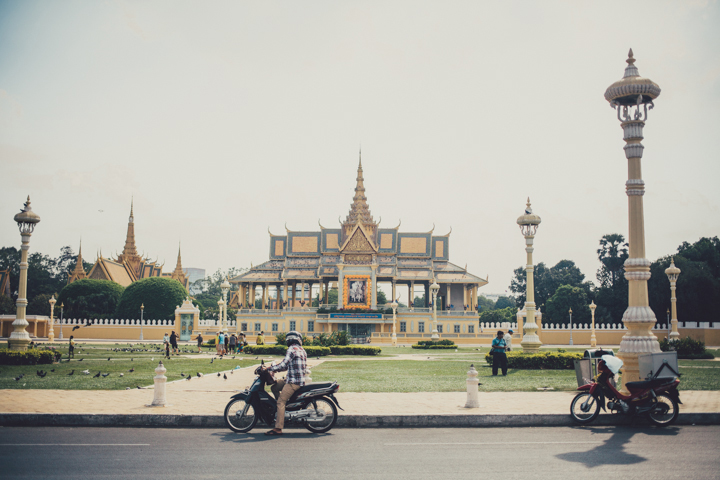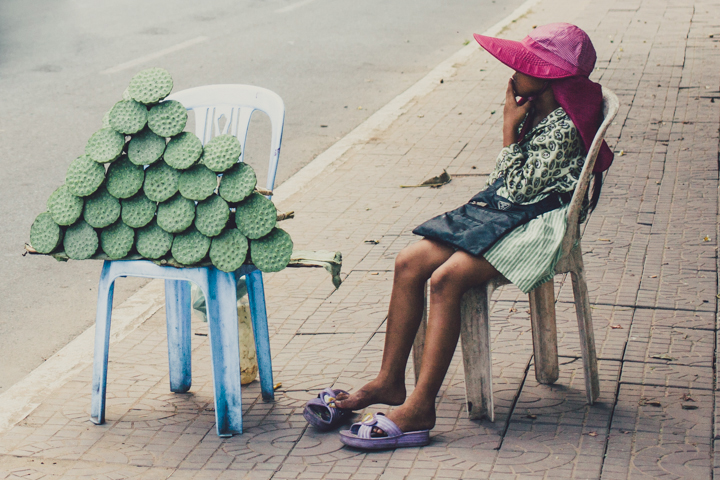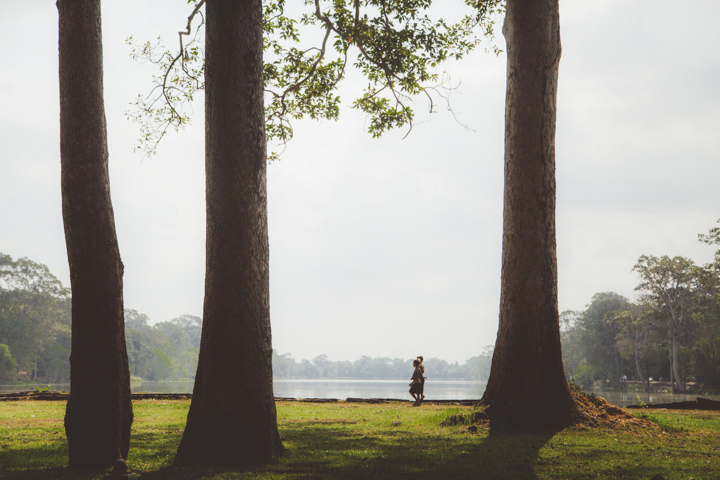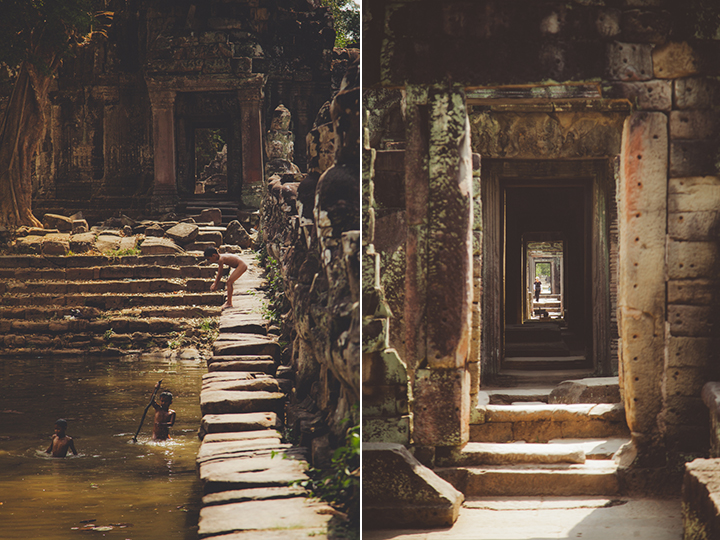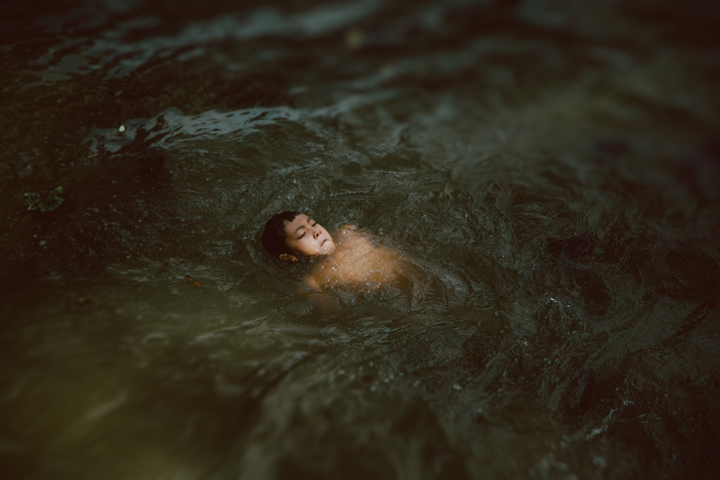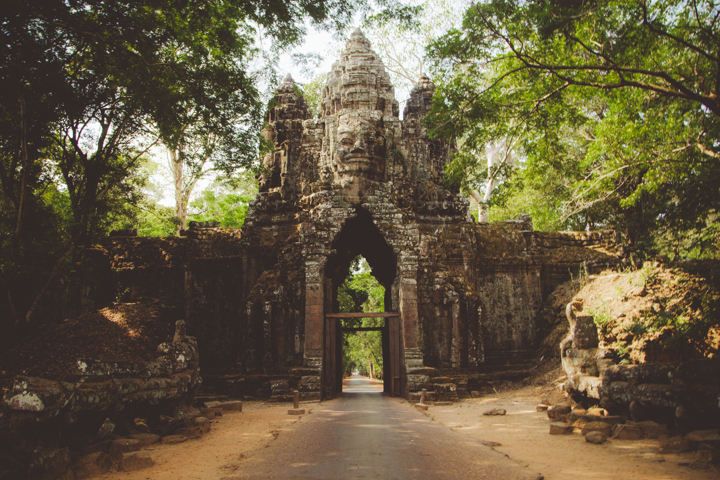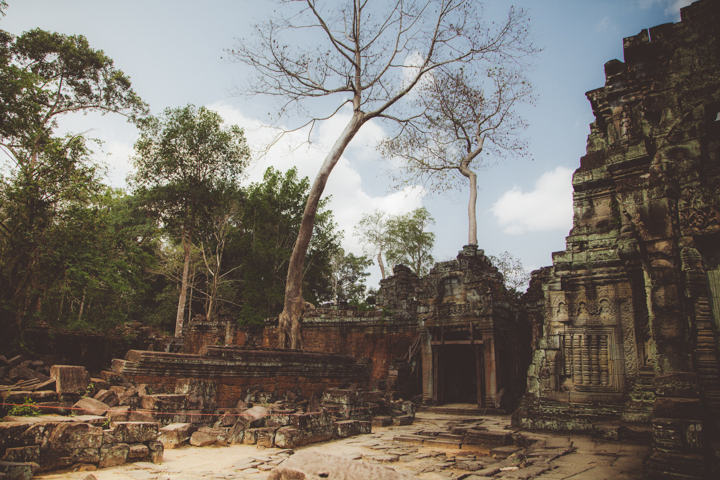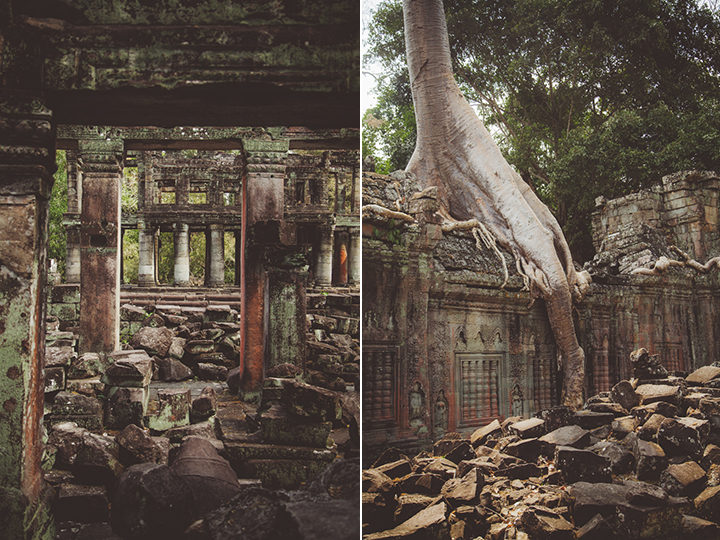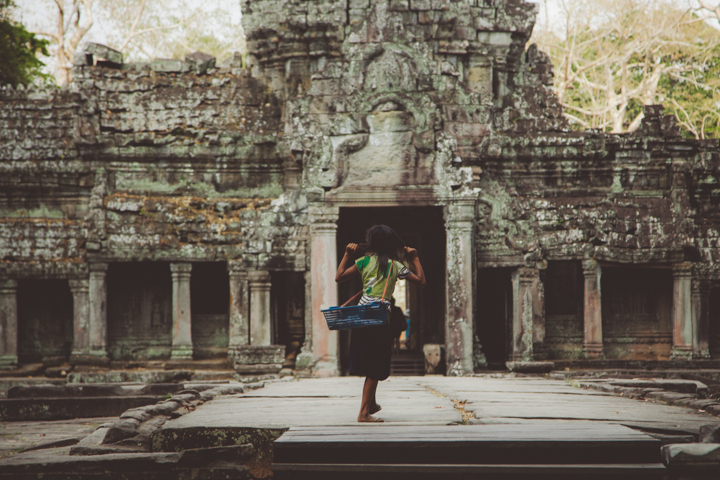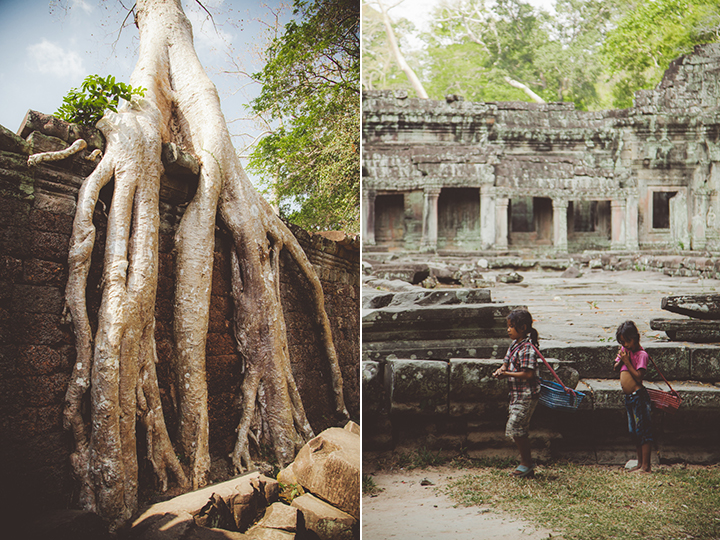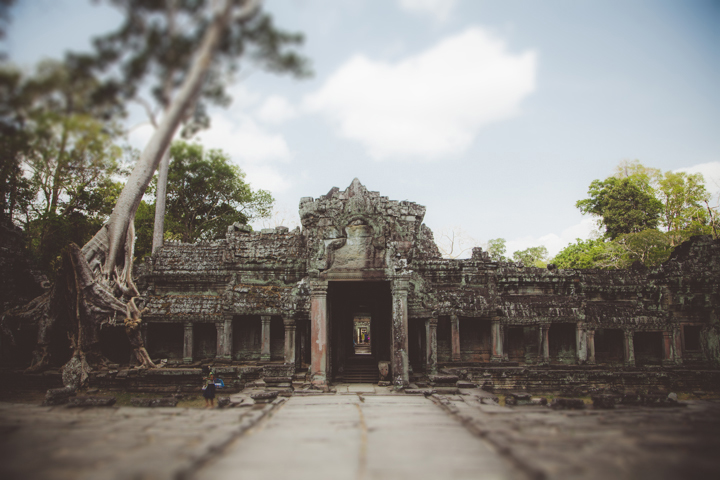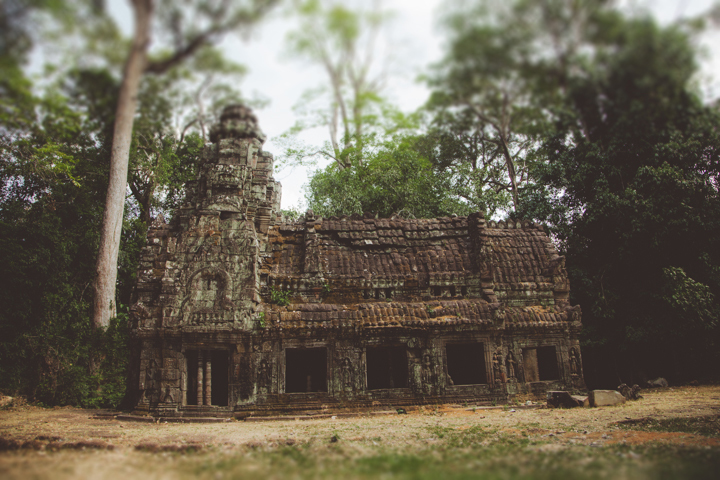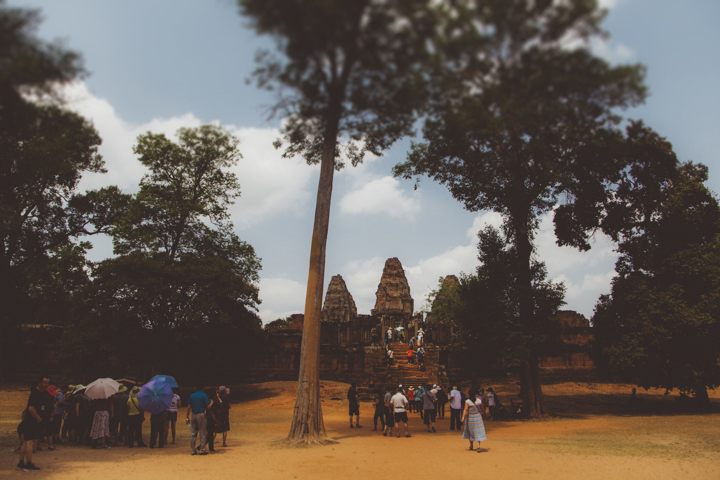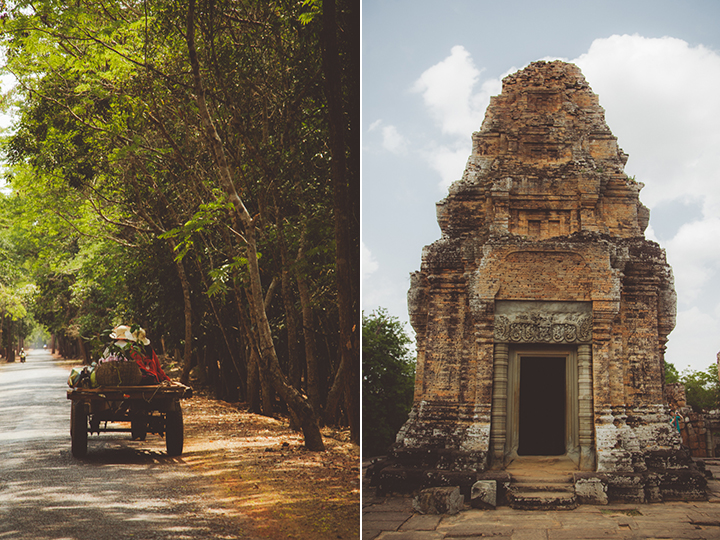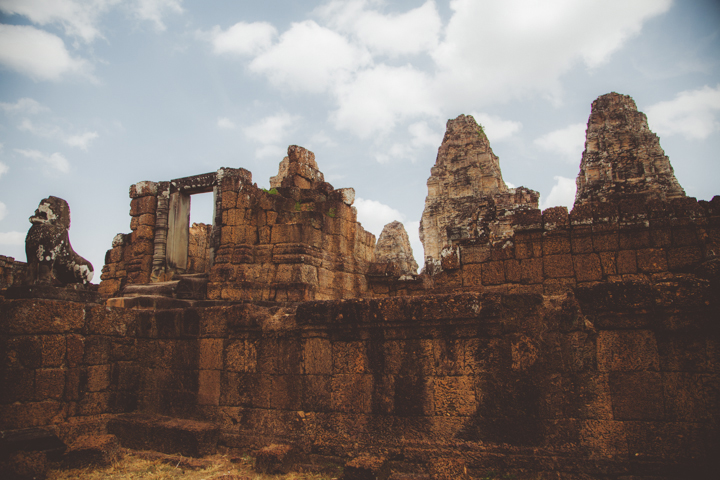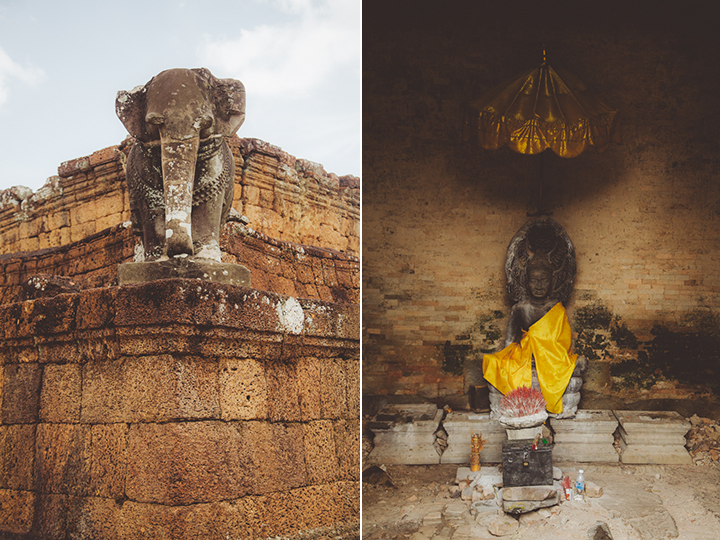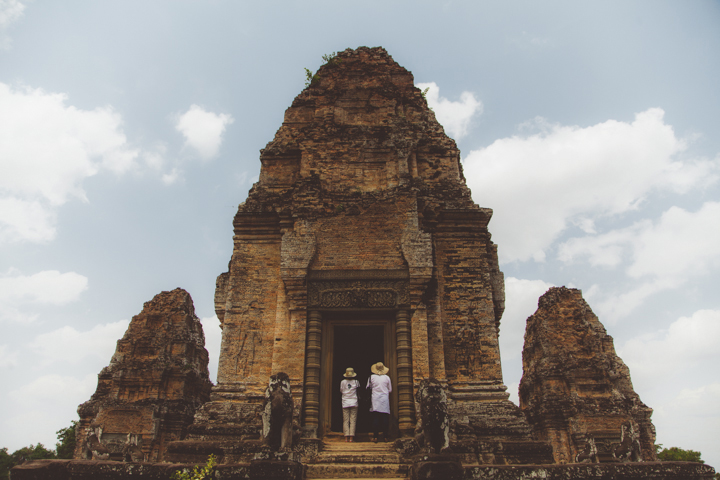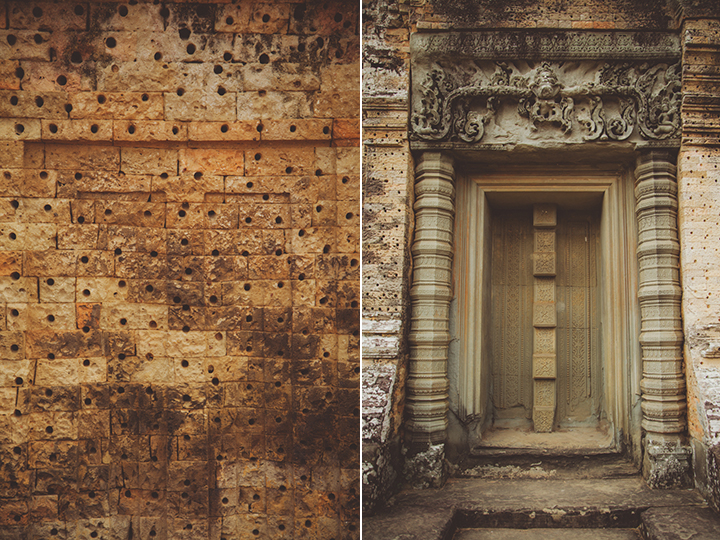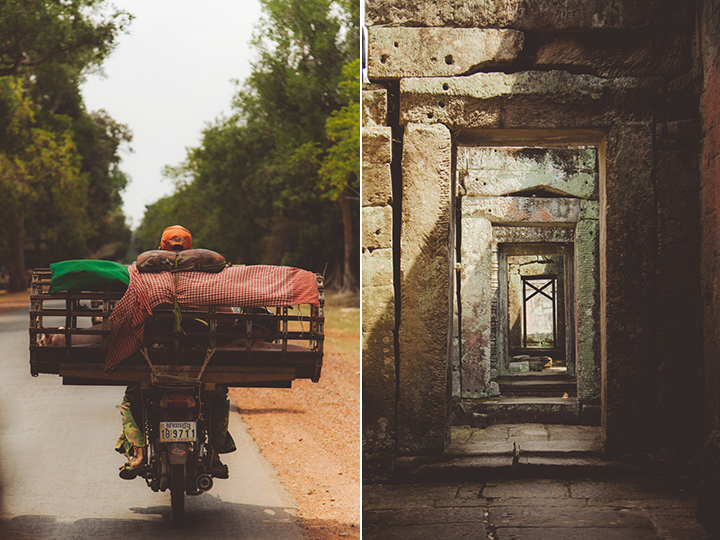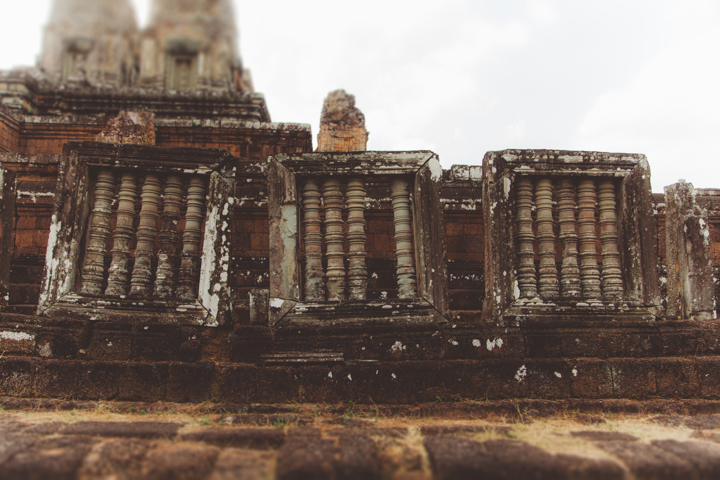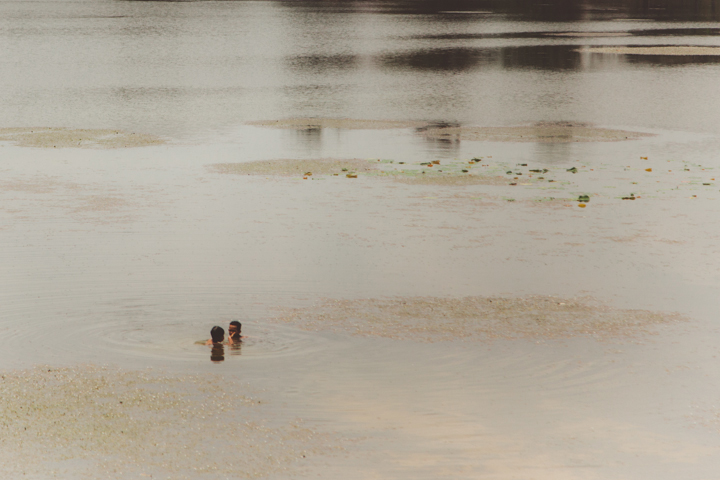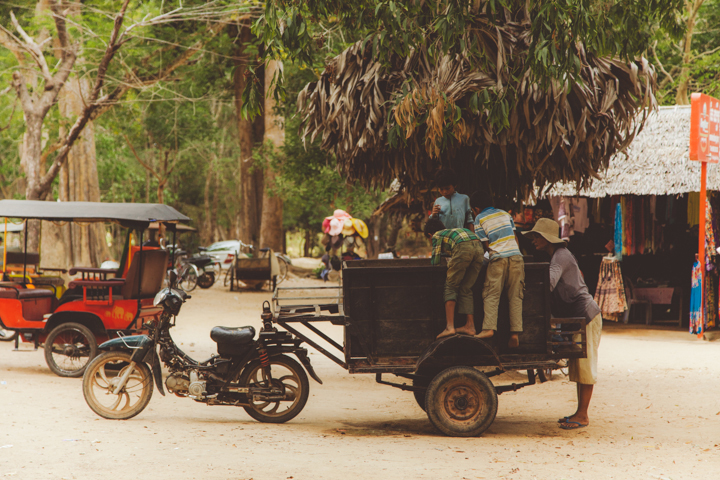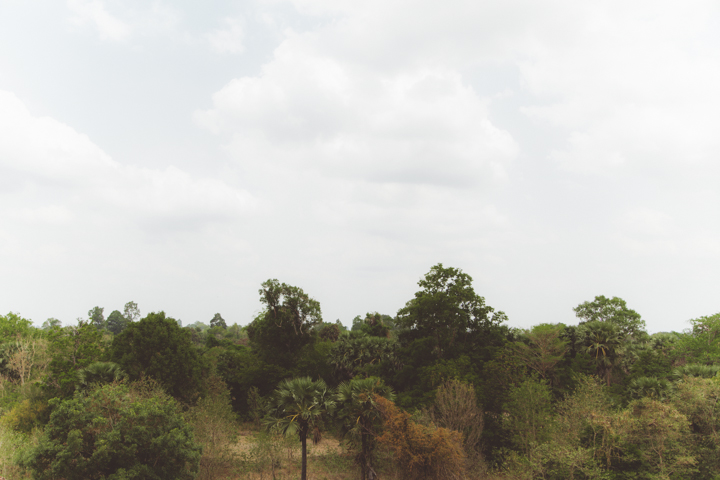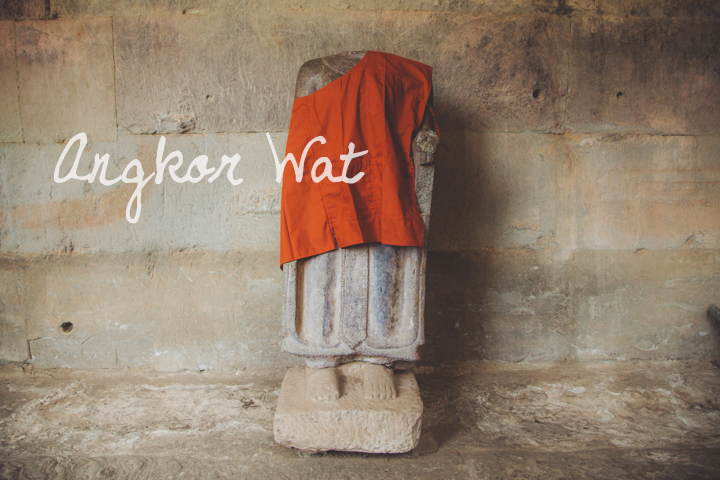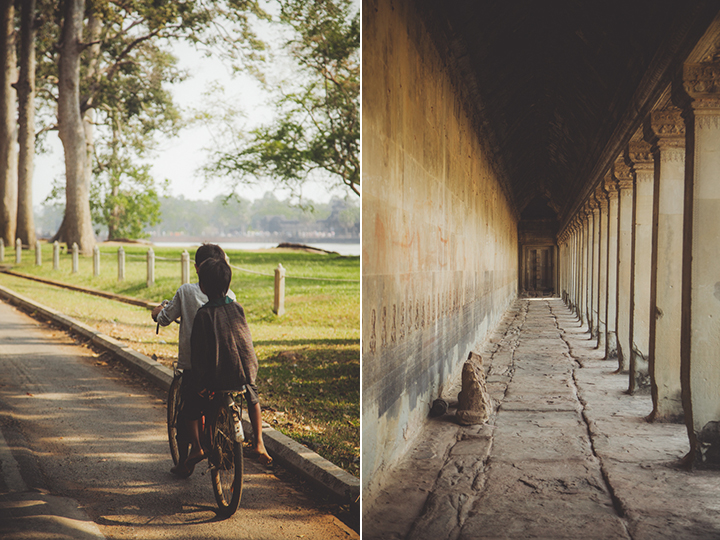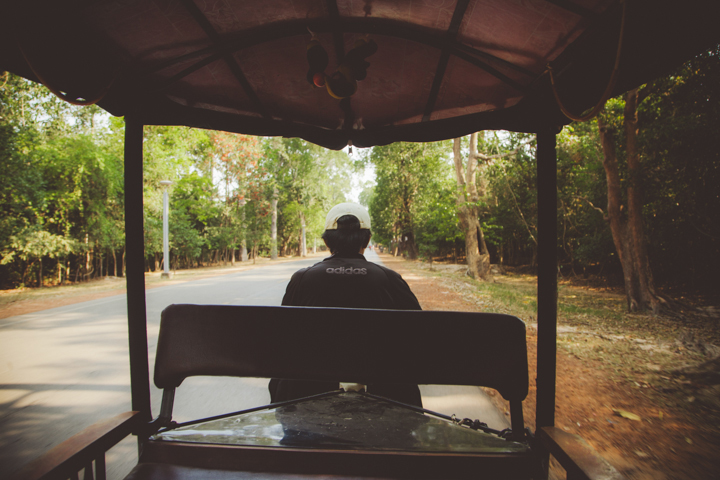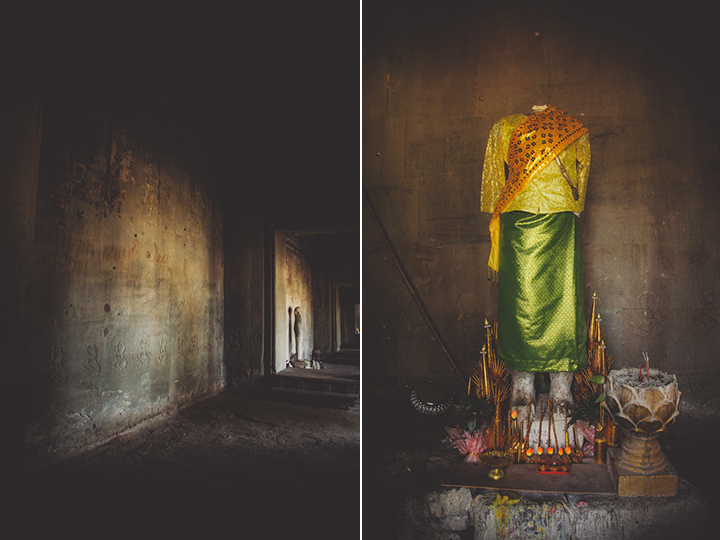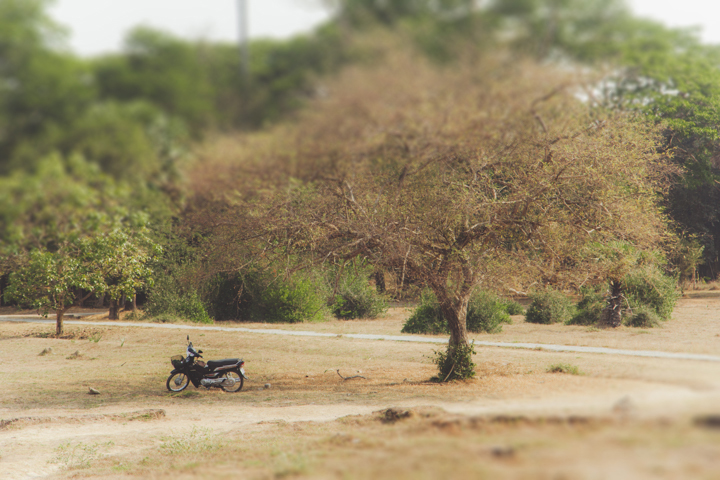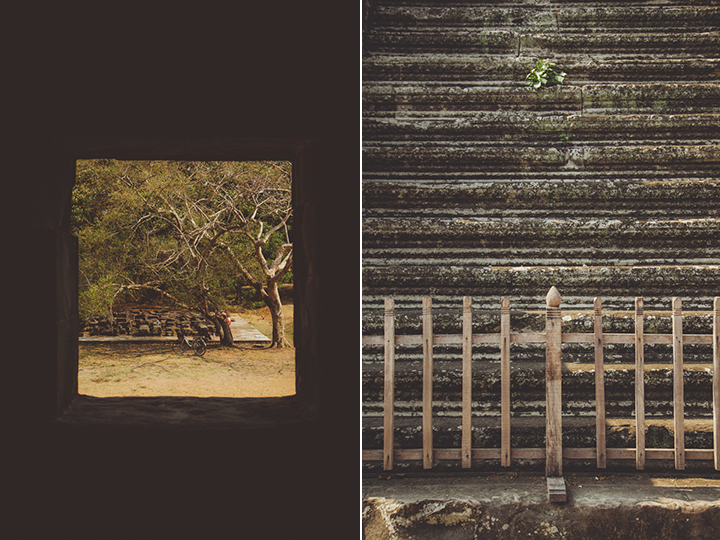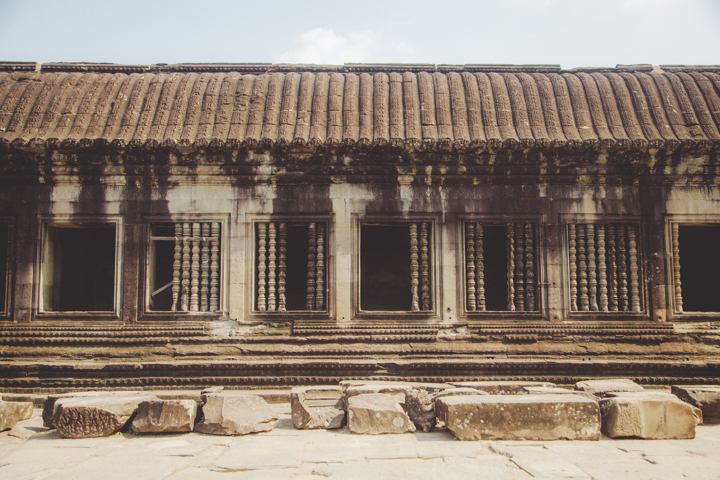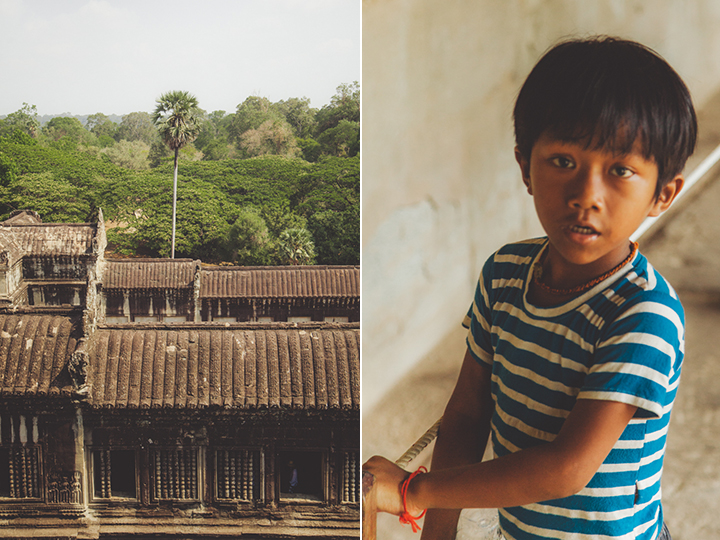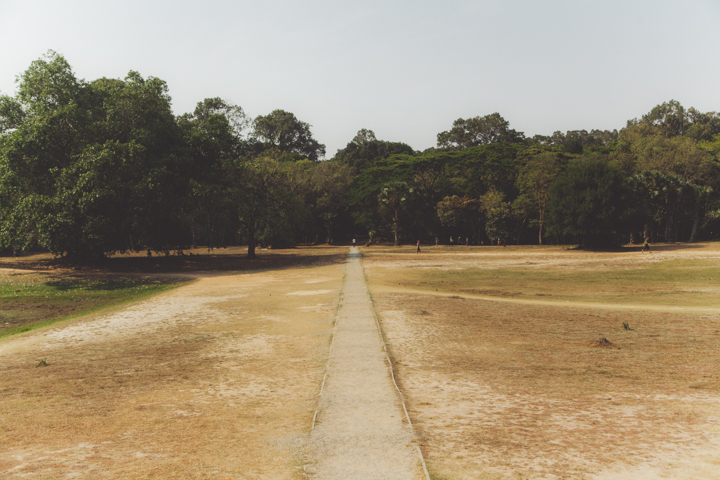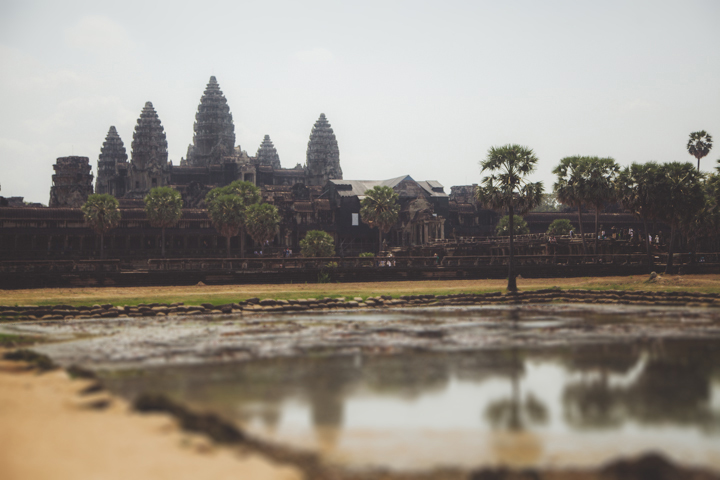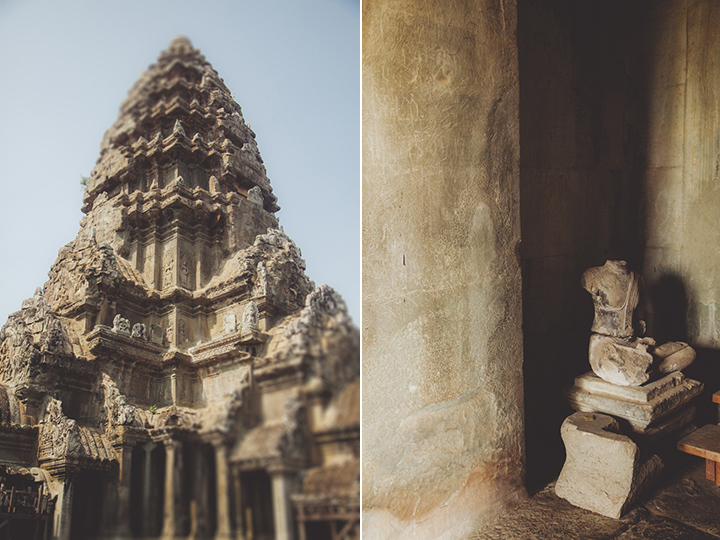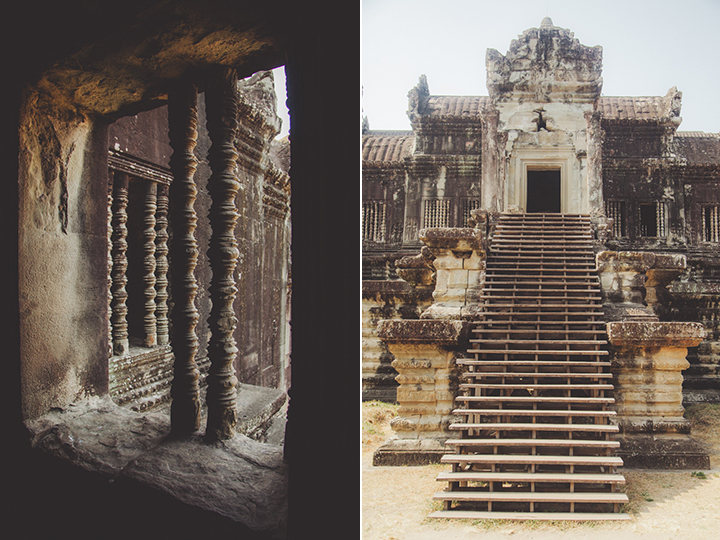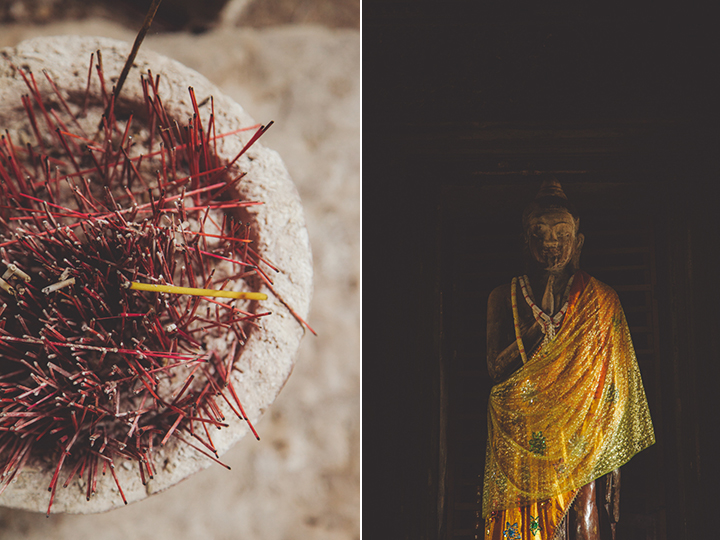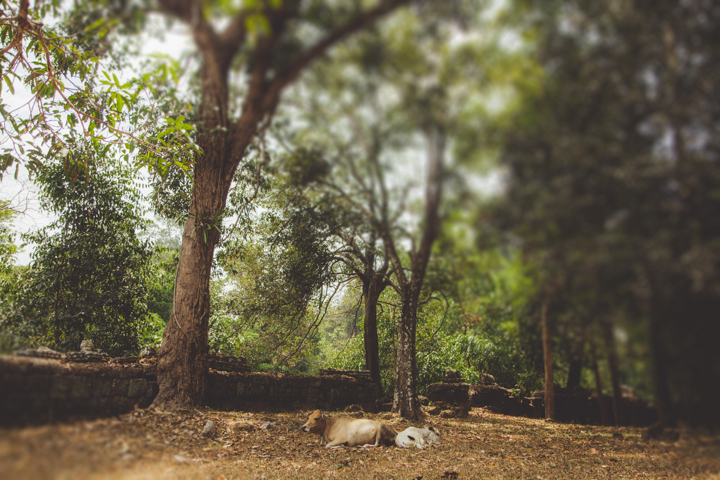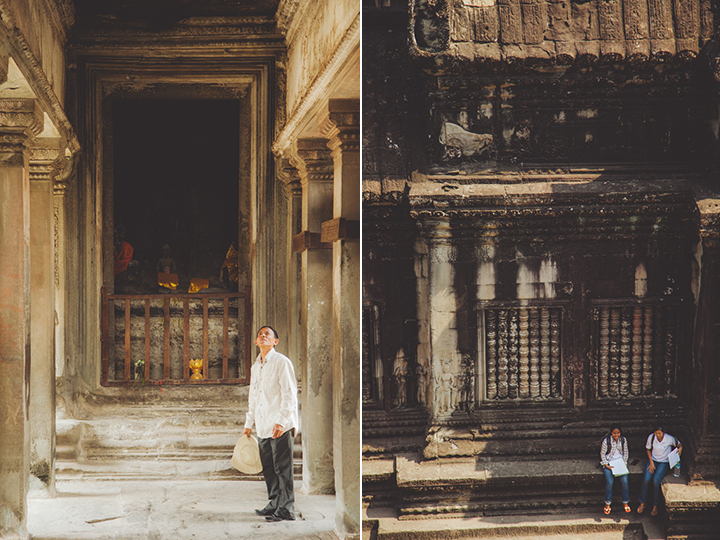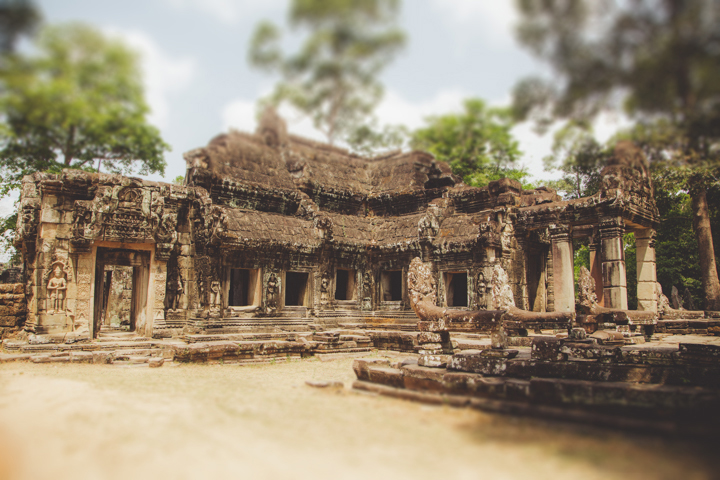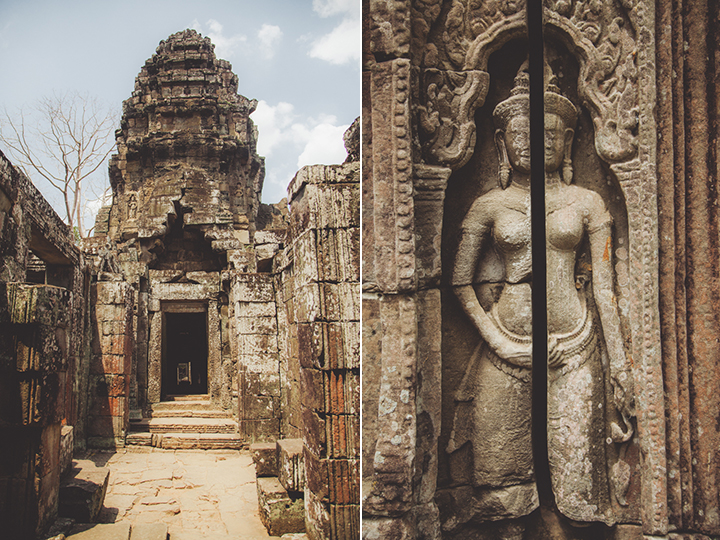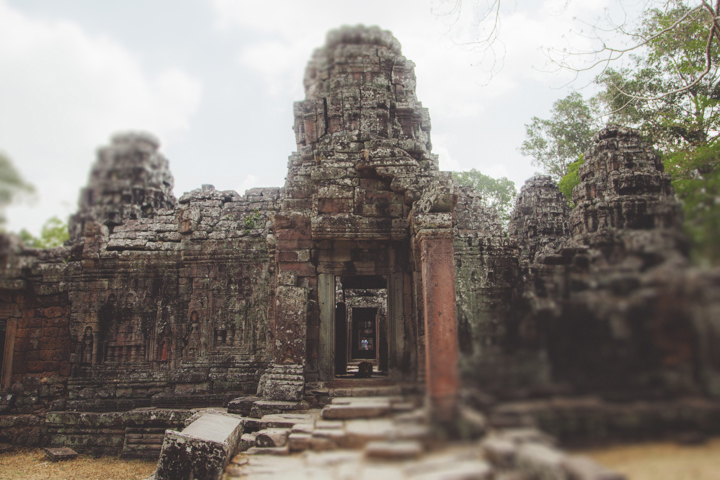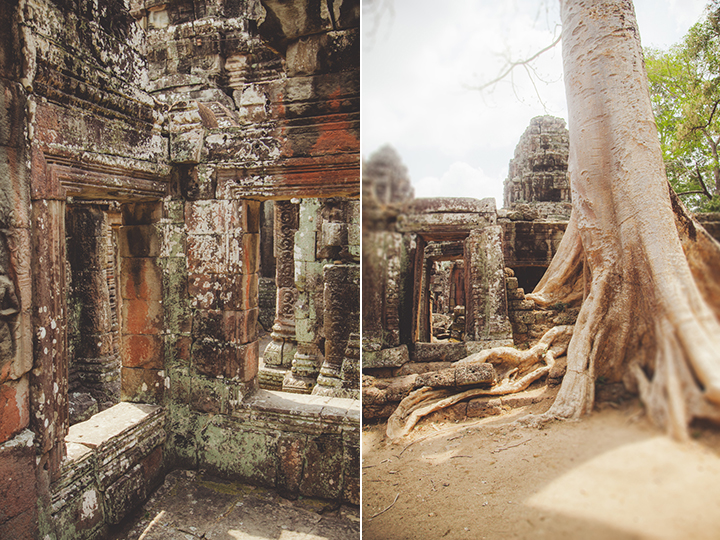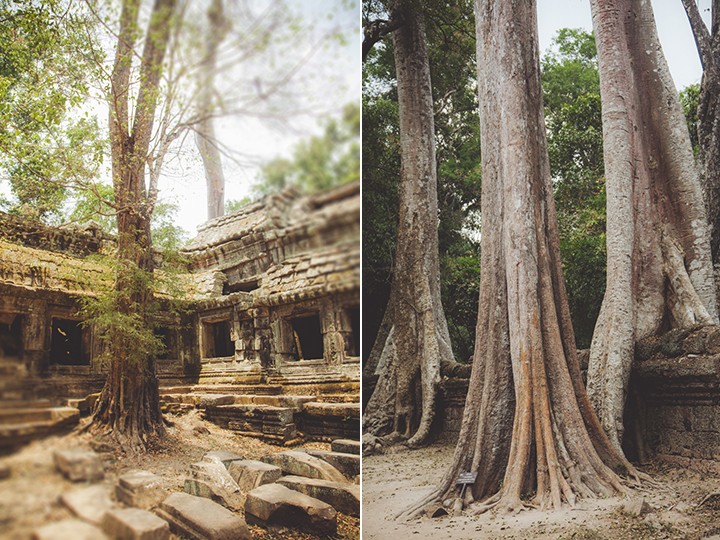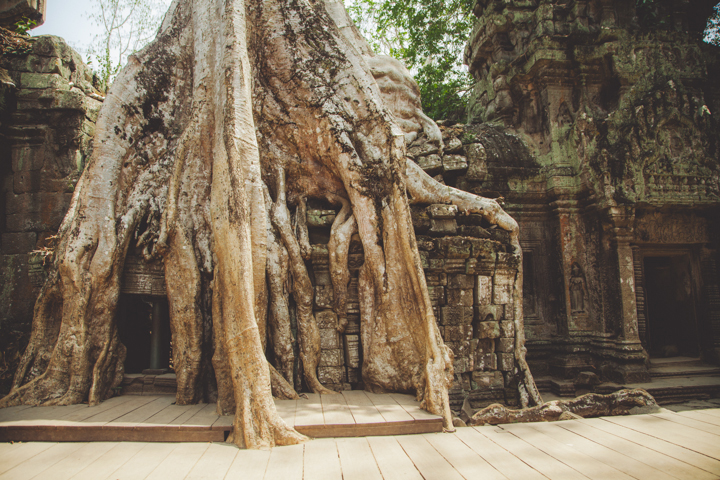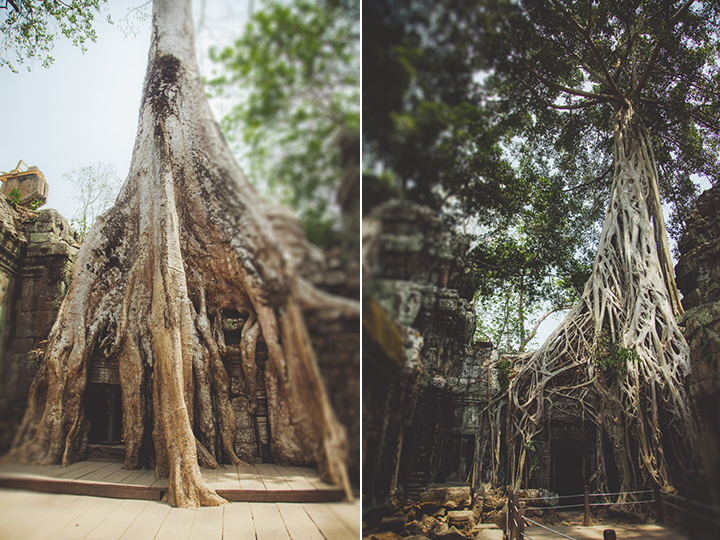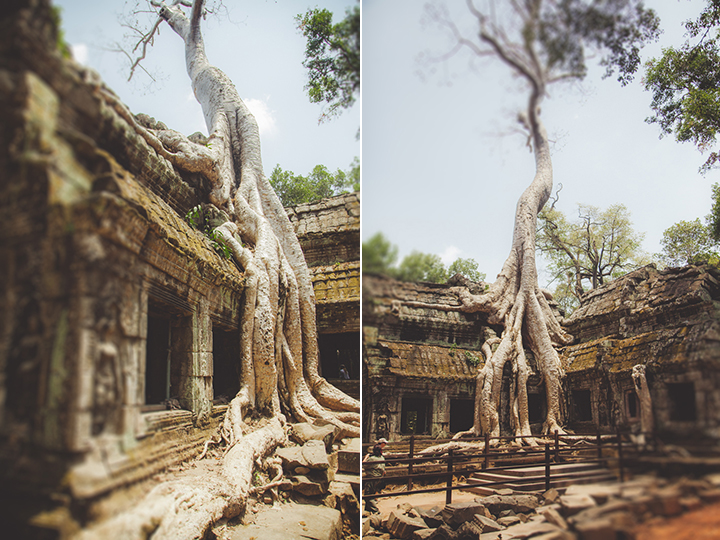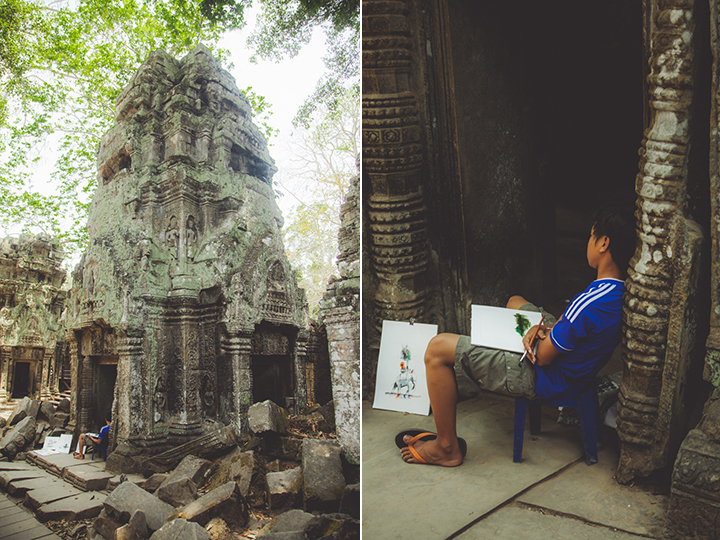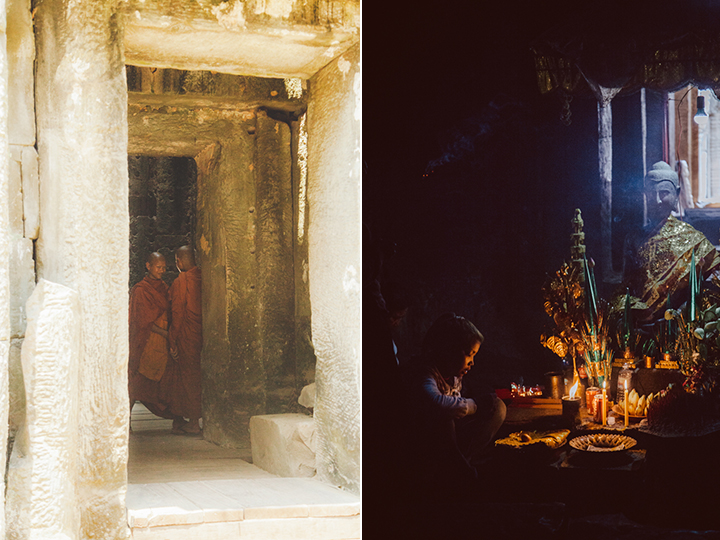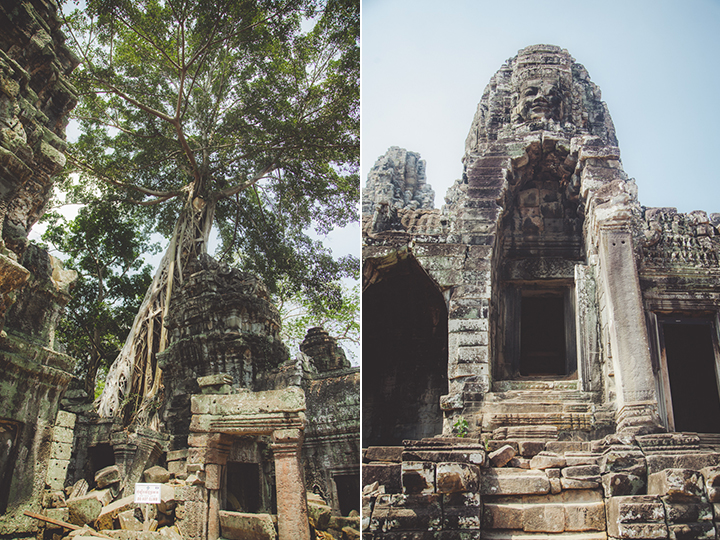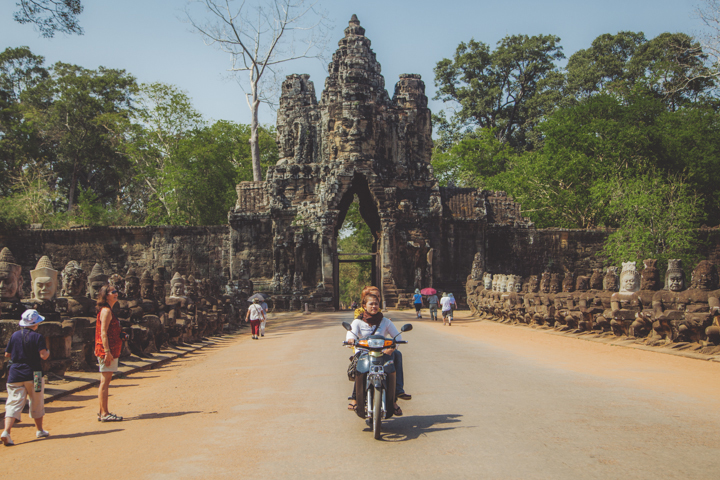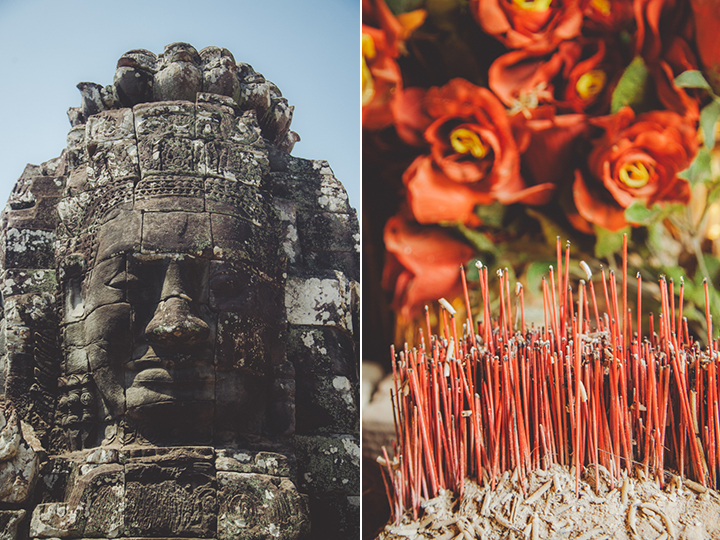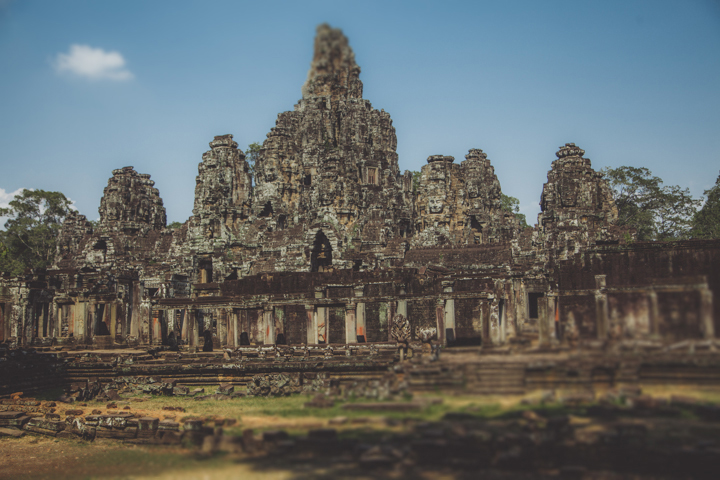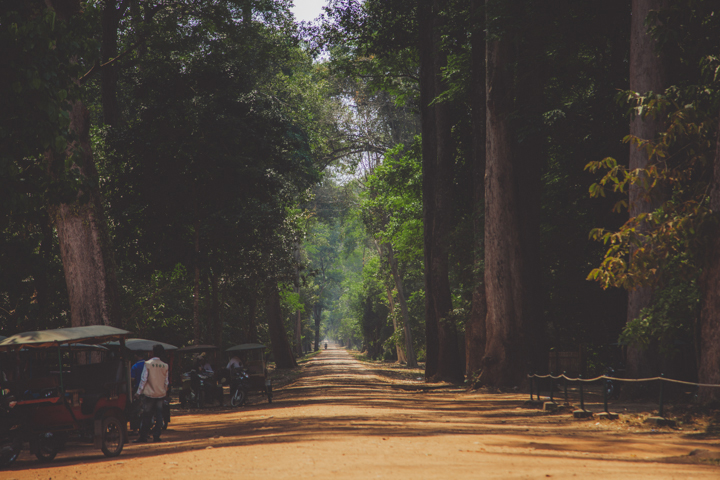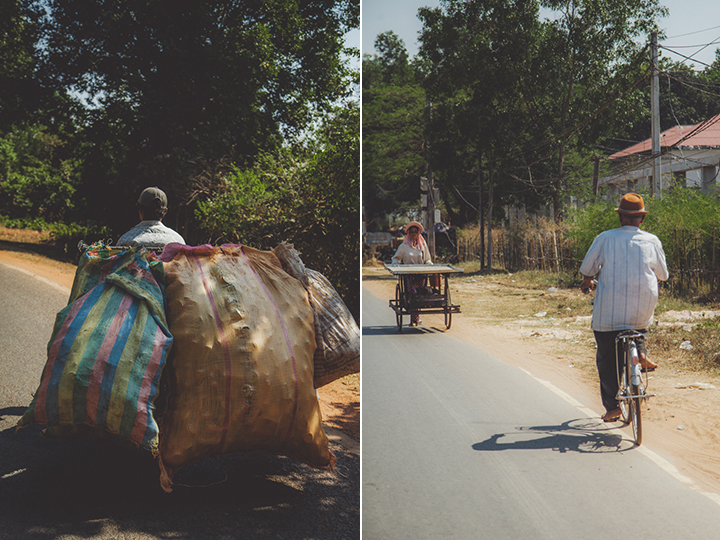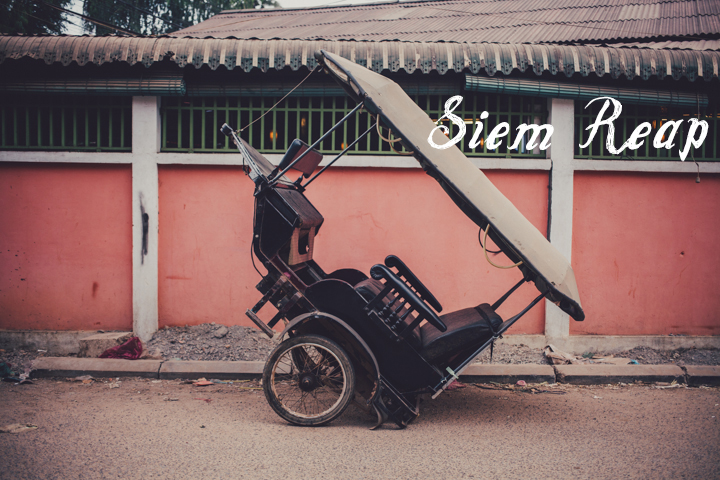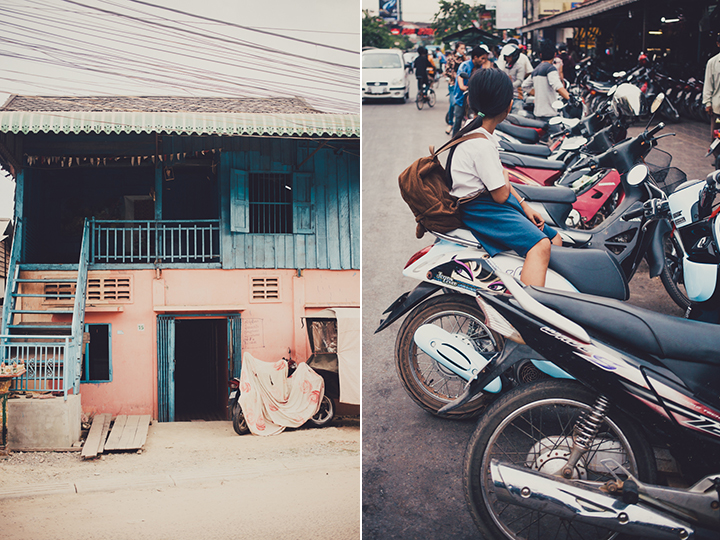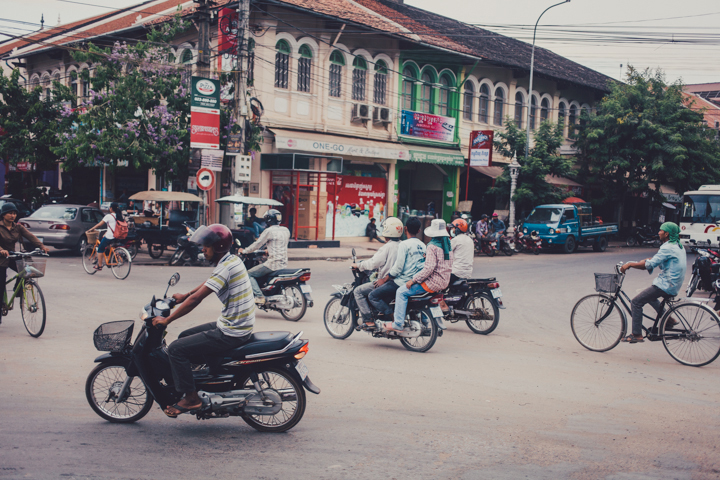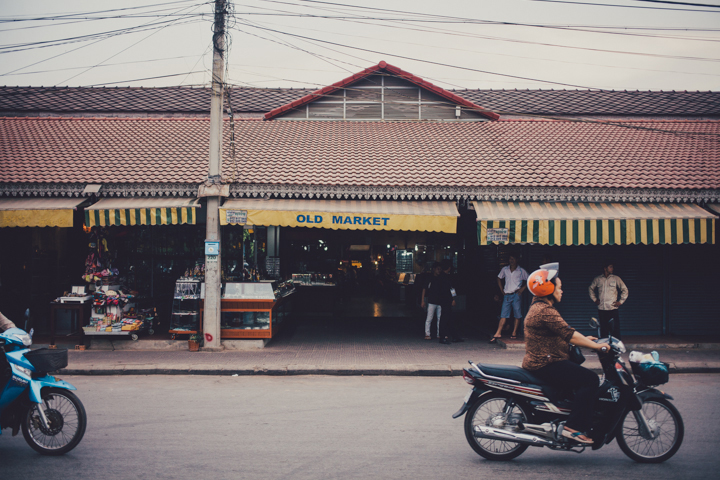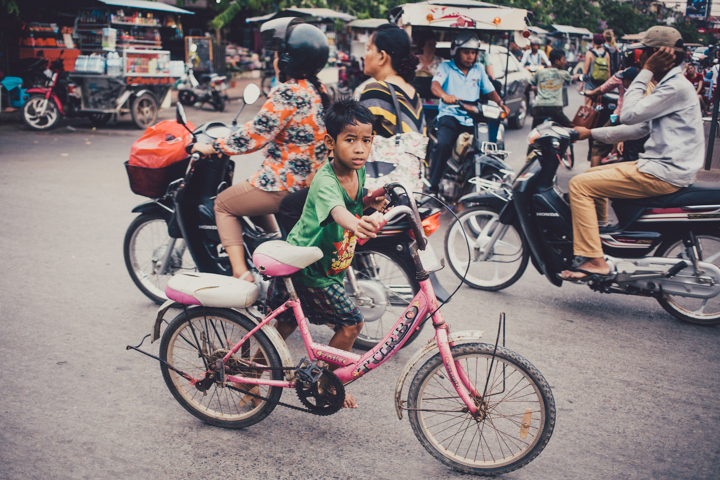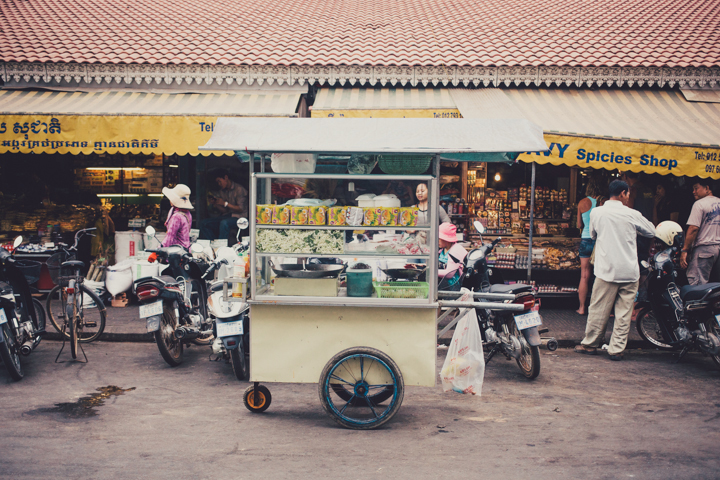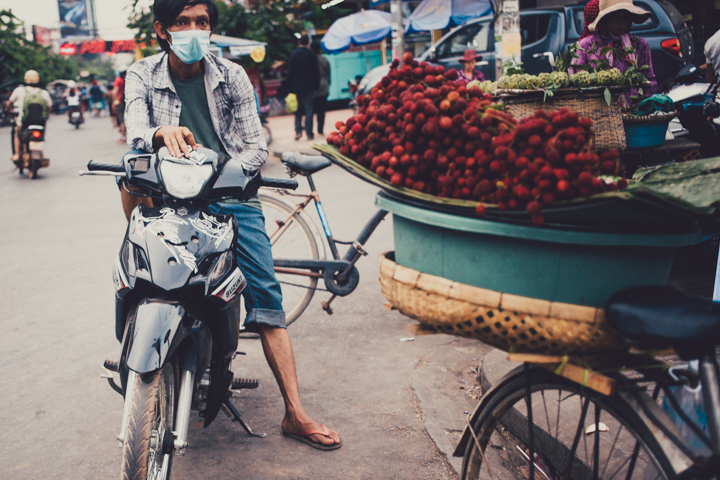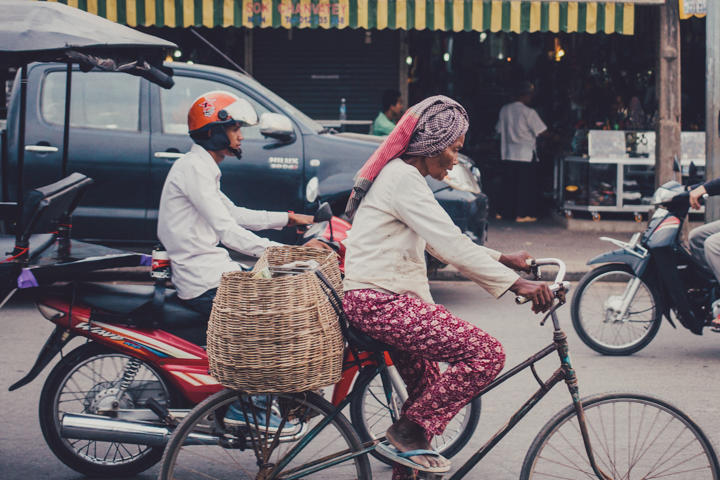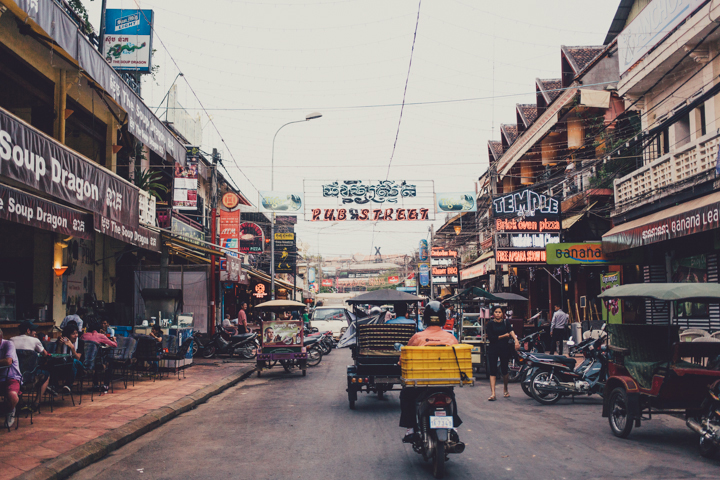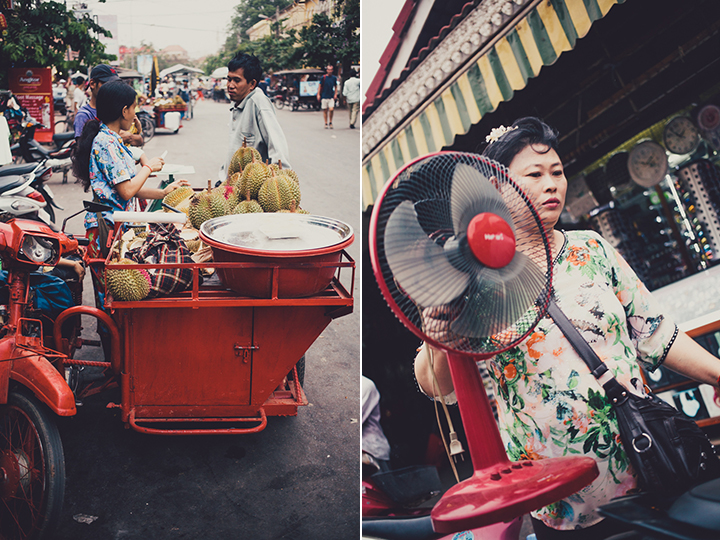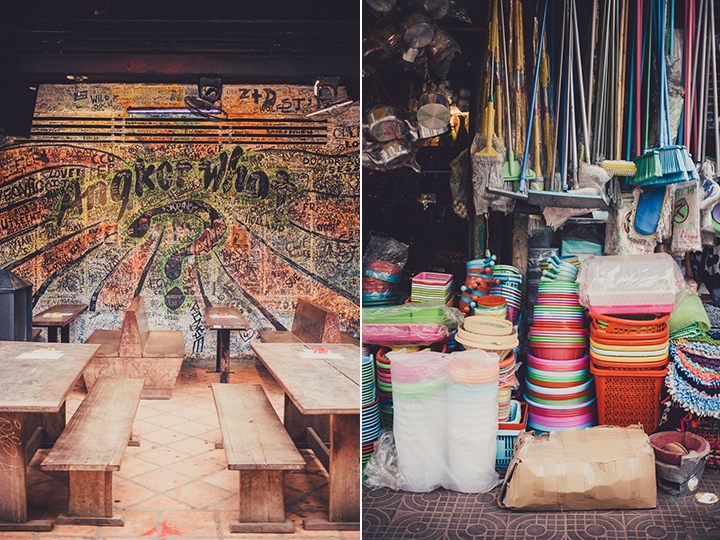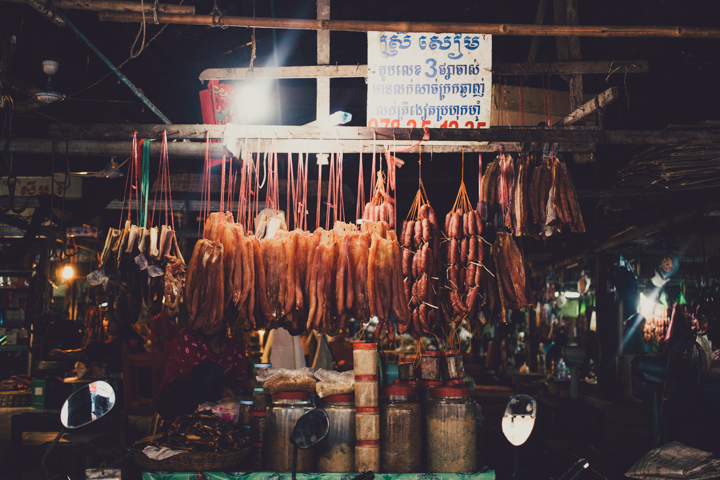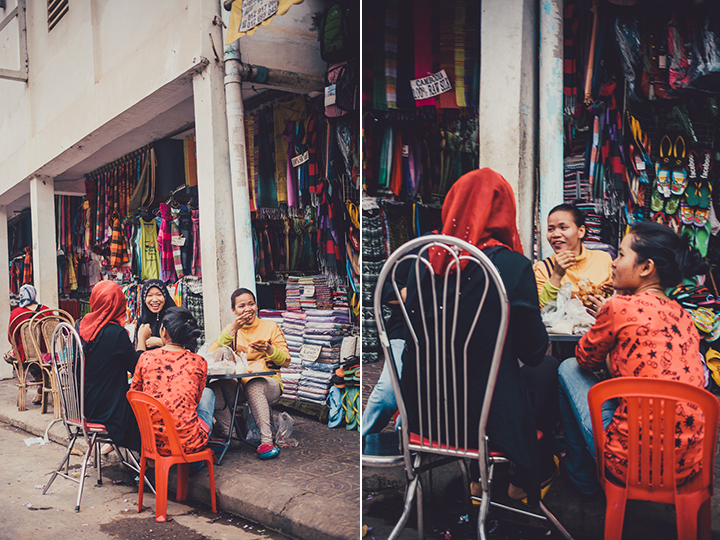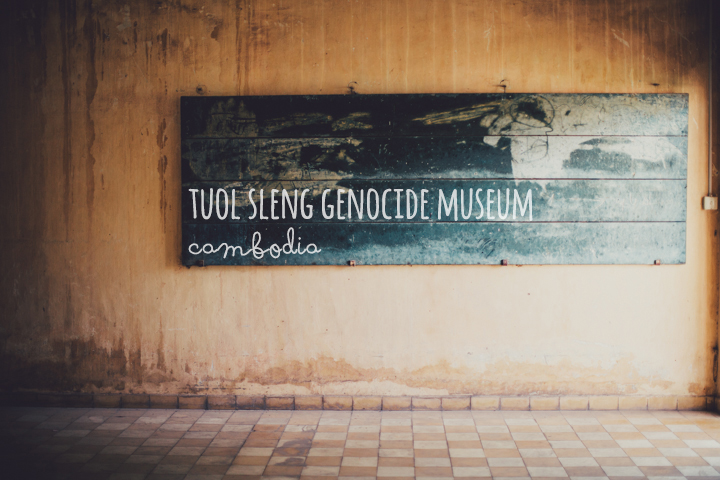 The Killing Fields were brutal, but the Tuol Sleng Genocide Museum made me ill. Literally. While it was once a school, it was transformed into security Office 21 under the orders of Pol Pot on April 17, 1975. Office 21, or S-21 for short was designed for detention, interrogation, torture and killing.
The prisoner records of S-21 counts up to 10,519 prisoners from the years 1975-1978.
The Killing Fields were brutal, but the Tuol Sleng Genocide Museum made me ill. Literally. While it was once a school, it was transformed into security Office 21 under the orders of Pol Pot on April 17, 1975. Office 21, or S-21 for short was designed for detention, interrogation, torture and killing.
The prisoner records of S-21 counts up to 10,519 prisoners from the years 1975-1978.
It is quite eerie to walk the halls of a once primary and high school knowing it housed over 10,000 prisoners in abhorrent conditions. The energy is rooted in the walls and it had my stomach turning.
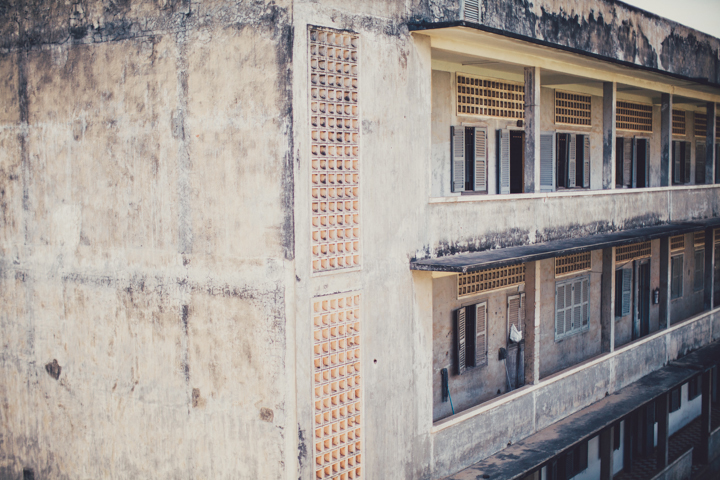
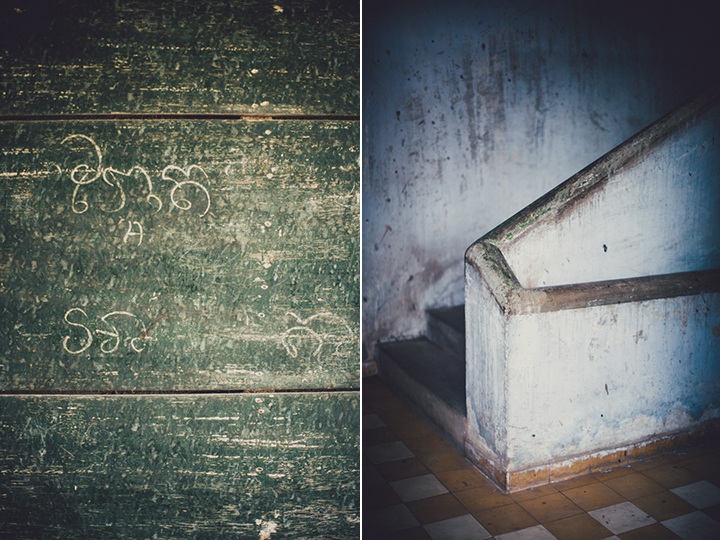
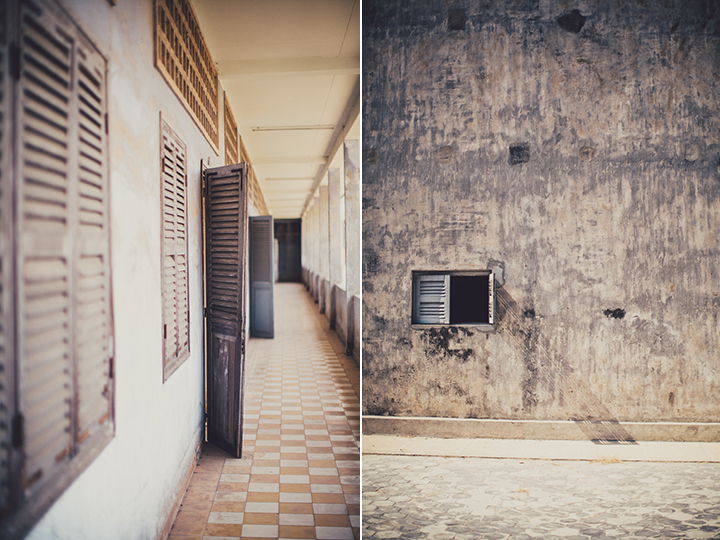 Bodies of fourteen victims were discovered by the United Front for the National Salvation of Kampuchea (UFNSK) on January 7, 1979. The corpses were unidentifiable due to decomposition and were buried in front of the building. These were the last people to be tortured and killed by personal before they fled.
Bodies of fourteen victims were discovered by the United Front for the National Salvation of Kampuchea (UFNSK) on January 7, 1979. The corpses were unidentifiable due to decomposition and were buried in front of the building. These were the last people to be tortured and killed by personal before they fled.
Below are a few of the rooms where the fourteen victims were found. Each room has a photo of what was initially discovered by the UFNSK. The images are graphic can be really tough to look at. This isn't your typical museum where replicas are in place to show you the conditions. You are in the actual room where these bodies were found and their beds and other objects are right there with you.
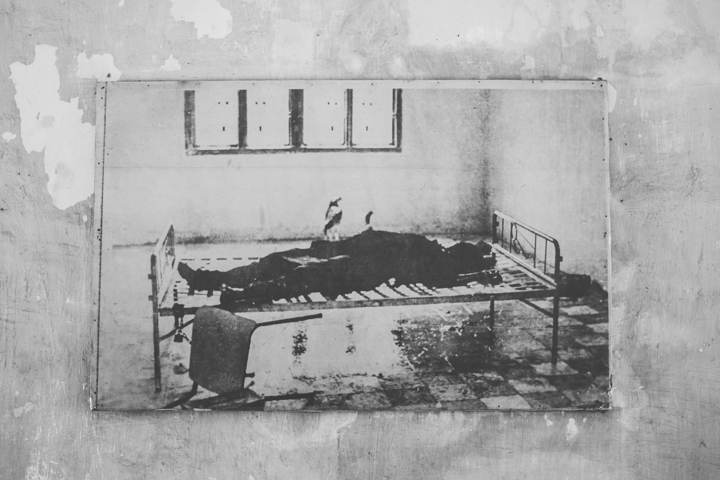

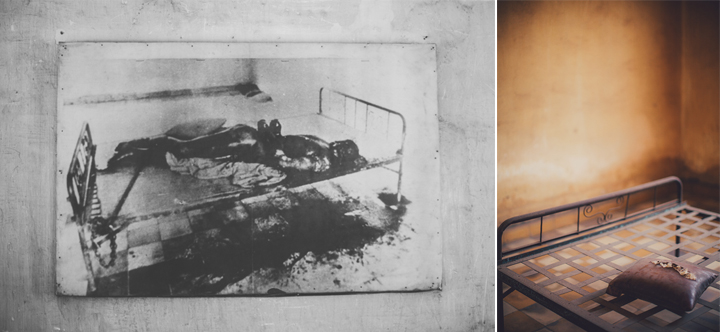
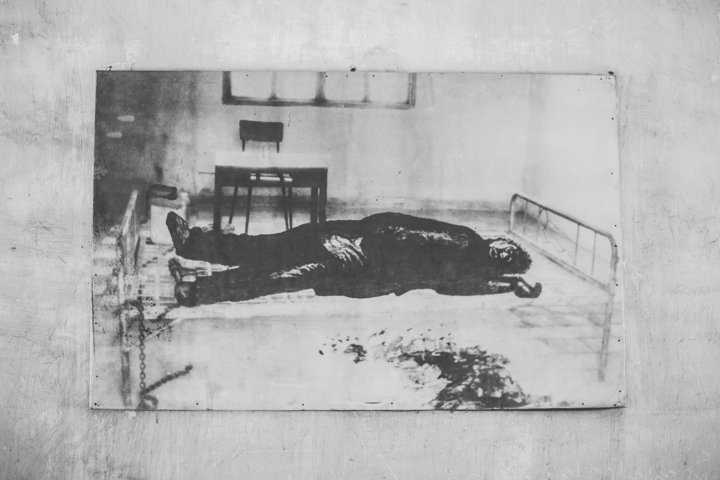
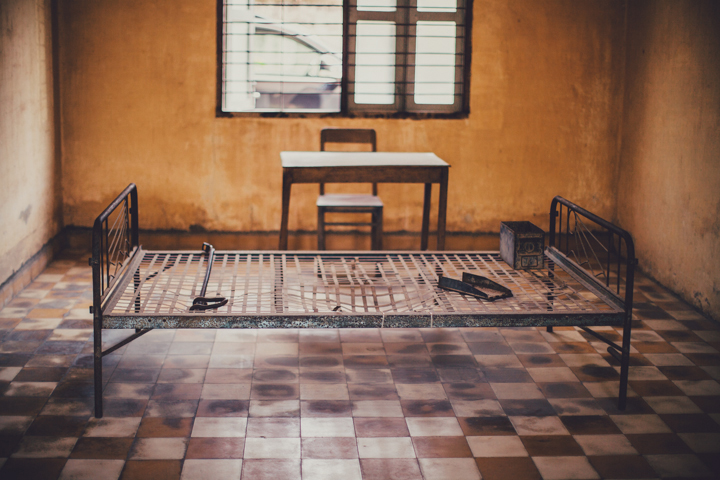
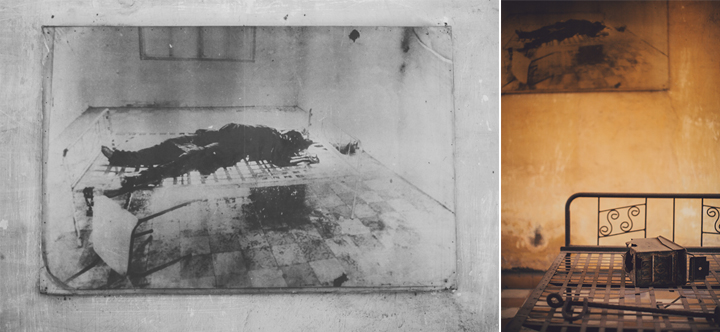 The first building is what made me feel ill. Absorbing all that took place in the actual place is exhausting to your soul. We move on to another building where classrooms were converted into several small brick cells. Stepping into one is claustrophobic and you wonder just who and how many people were crowded into these walls that were once full of children with educational aspirations.
The first building is what made me feel ill. Absorbing all that took place in the actual place is exhausting to your soul. We move on to another building where classrooms were converted into several small brick cells. Stepping into one is claustrophobic and you wonder just who and how many people were crowded into these walls that were once full of children with educational aspirations.
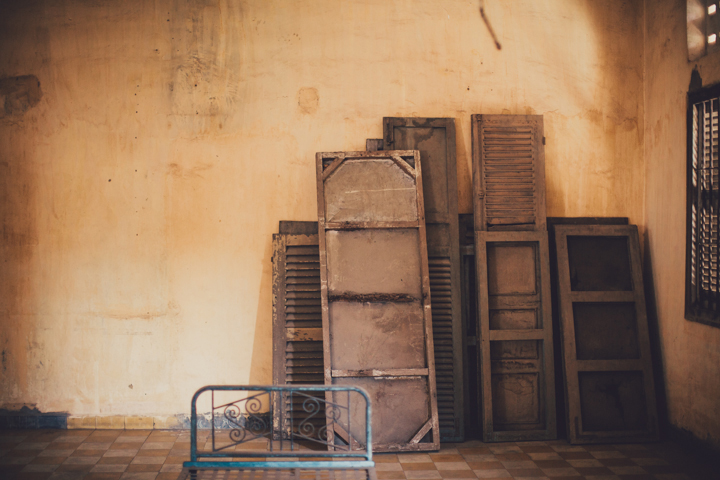
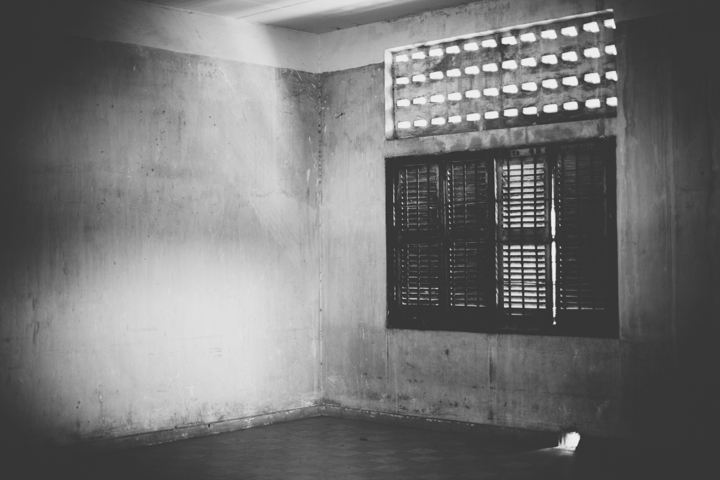
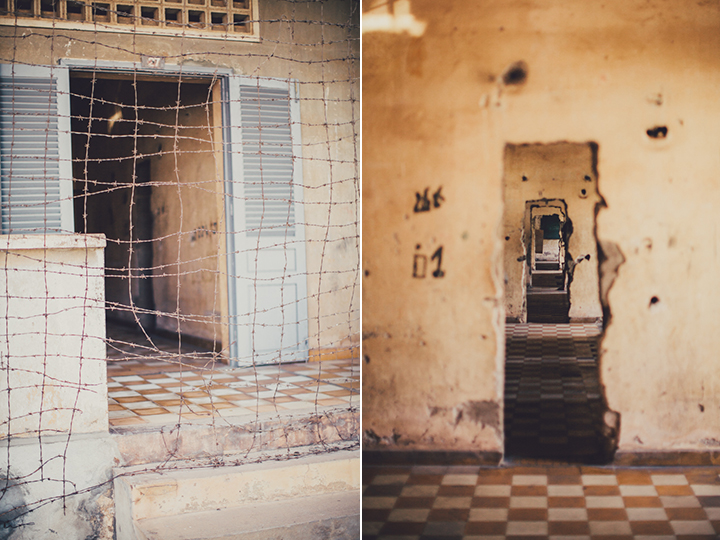
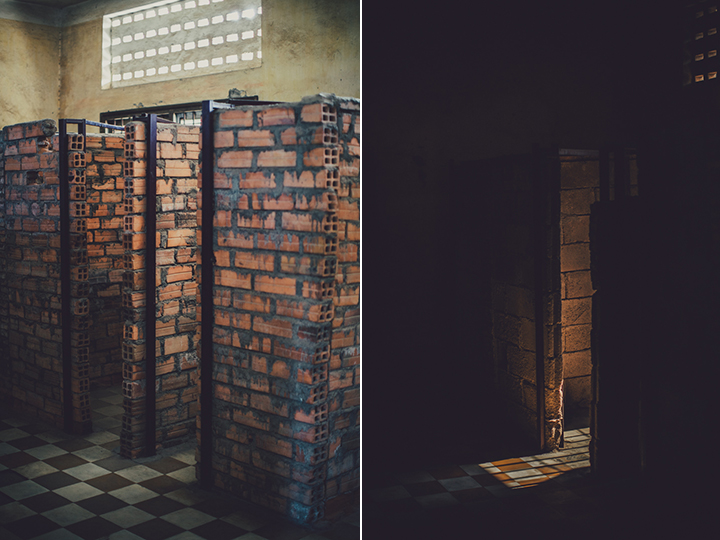
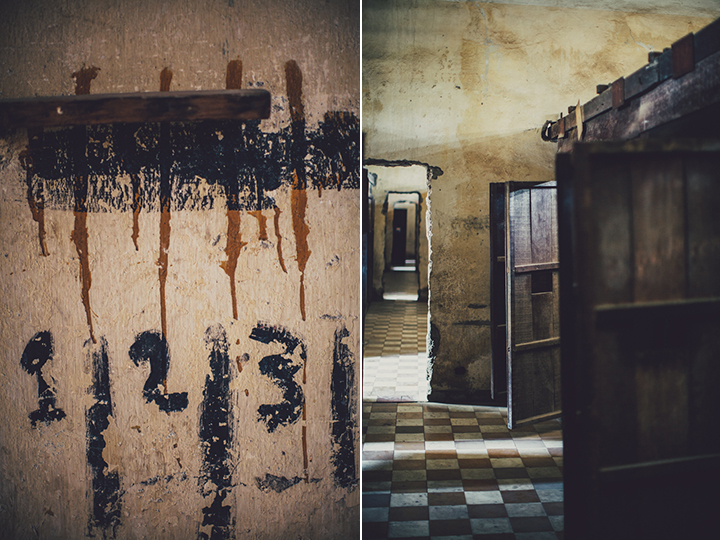
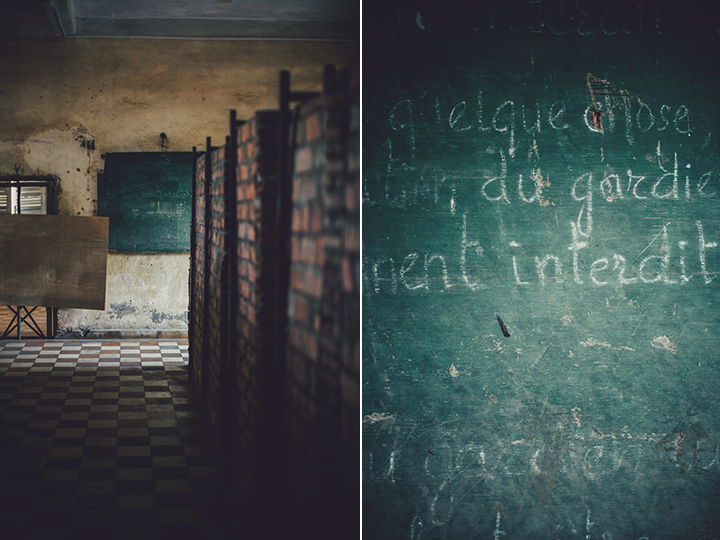
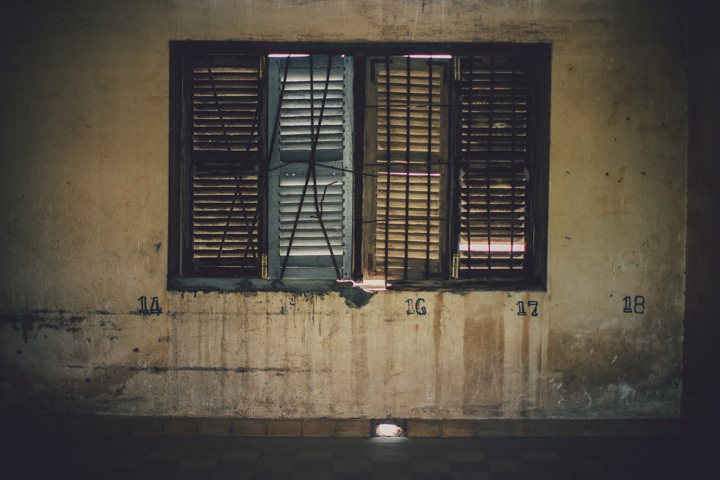
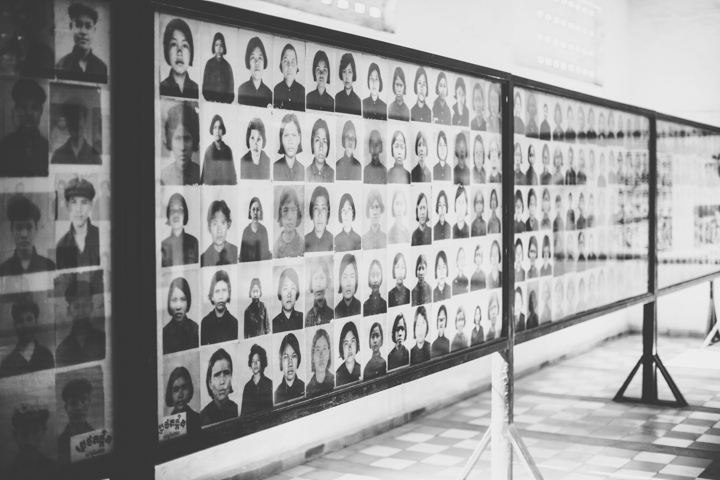
 Other rooms are filled with faces, faces, faces. Everyone is photographed and documented. A picture is worth a thousand words and these faces say it all. As a photographer I am feeling at odds. Some of these images are actually beautiful portraits, but for the ugliest of reasons and so I can't call these pictures art and yet I can't stop starring at them. What were they thinking? What are their stories? The sheer number of faces is overwhelming.
Other rooms are filled with faces, faces, faces. Everyone is photographed and documented. A picture is worth a thousand words and these faces say it all. As a photographer I am feeling at odds. Some of these images are actually beautiful portraits, but for the ugliest of reasons and so I can't call these pictures art and yet I can't stop starring at them. What were they thinking? What are their stories? The sheer number of faces is overwhelming.
Click on the images below to view them larger...
[gallery type="rectangular" ids="3764,3765,3766,3767,3768,3769,3770,3771,3772,3773,3774,3775,3776,3777,3778,3779,3780,3781,3782,3783,3784,3785,3786,3787,3788,3789,3790,3791,3792,3793,3794,3795,3796,3798" orderby="rand"]
The woman below I was particularly mesmerized by because her eyes evoked such desperation.
If the eyes are the window to the soul, her soul is certainly screaming for help.
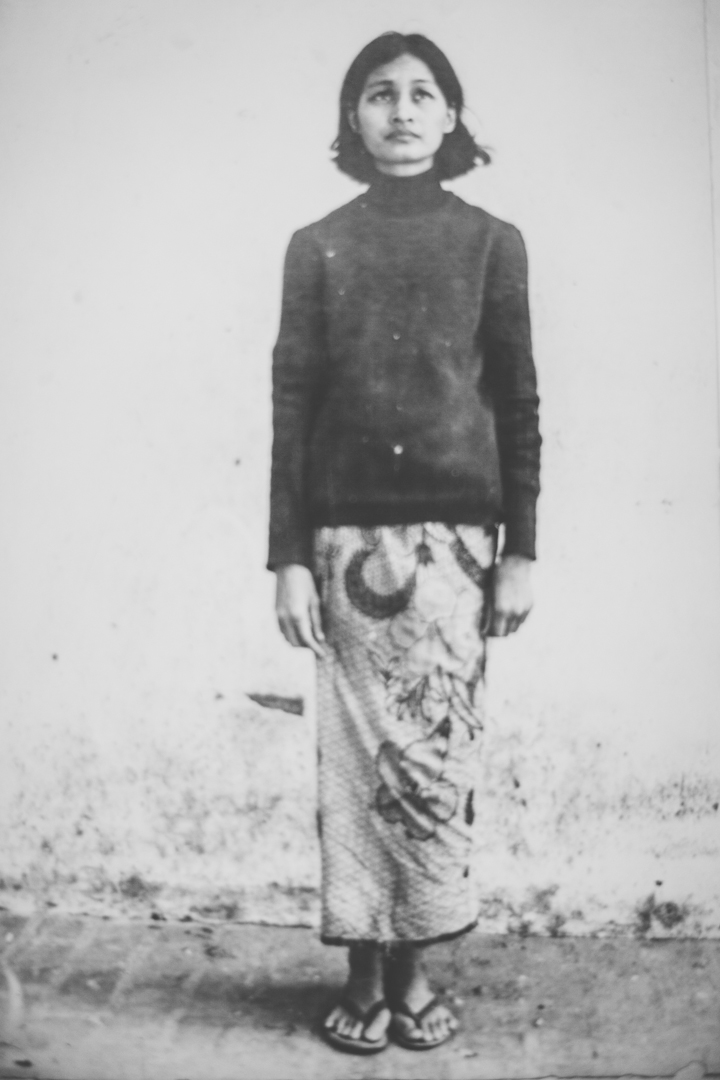 I cannot tell you how deeply impactful this experience was and how desperately sad it made me.
I cannot tell you how deeply impactful this experience was and how desperately sad it made me.
How and why as humans do we kill our own fellow man? And why is it still happening?
For more images of the prison, go here.
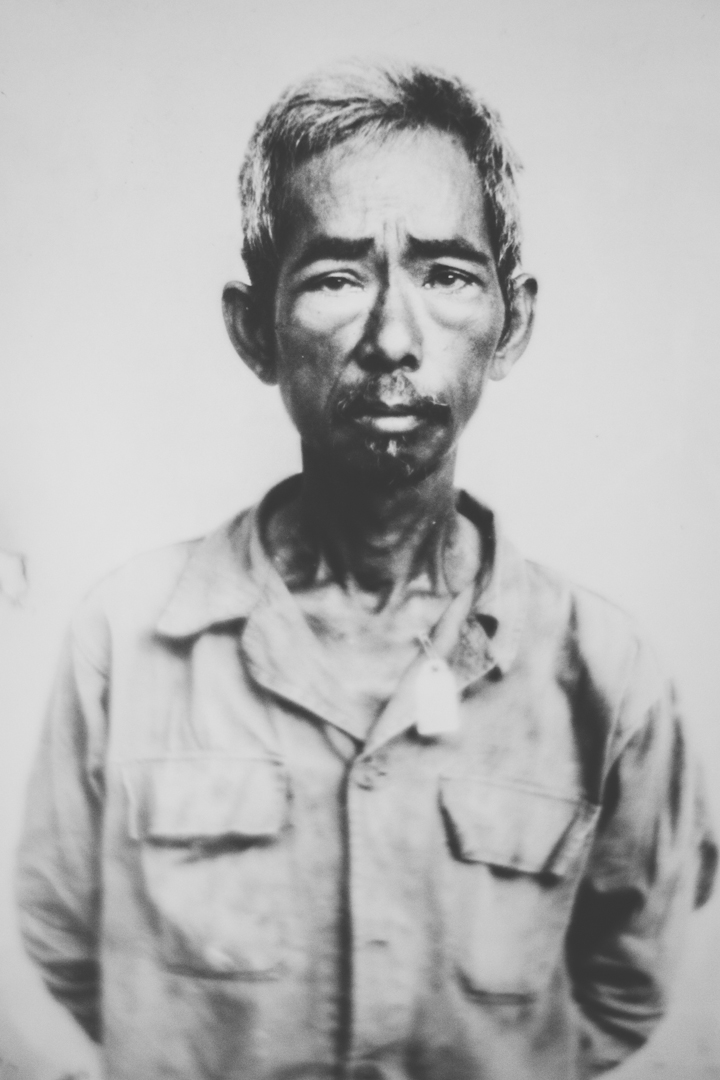
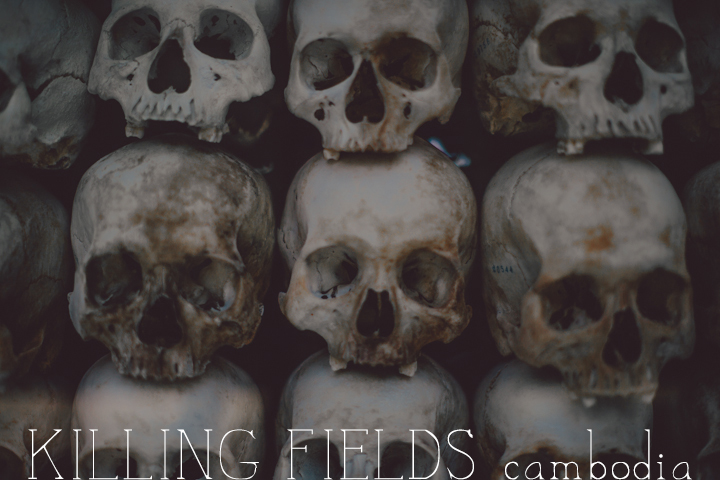 Readers beware, the next two posts are going to be heavy as we dig into the genocidal history of Cambodia. While in Angkor Wat I saw Cambodia as this magical place with a rich and beautiful past. I wondered what the grounds must have looked like at its peak. While that was the rise of Cambodia, we are now delving into the fall of Cambodia, and the magic turns into terror.
If you are not familiar with the Khmer Rouge or the genocide that took place in 1975-1979 led by Pol Pot that killed up to 3 million Cambodians, then
Readers beware, the next two posts are going to be heavy as we dig into the genocidal history of Cambodia. While in Angkor Wat I saw Cambodia as this magical place with a rich and beautiful past. I wondered what the grounds must have looked like at its peak. While that was the rise of Cambodia, we are now delving into the fall of Cambodia, and the magic turns into terror.
If you are not familiar with the Khmer Rouge or the genocide that took place in 1975-1979 led by Pol Pot that killed up to 3 million Cambodians, then 